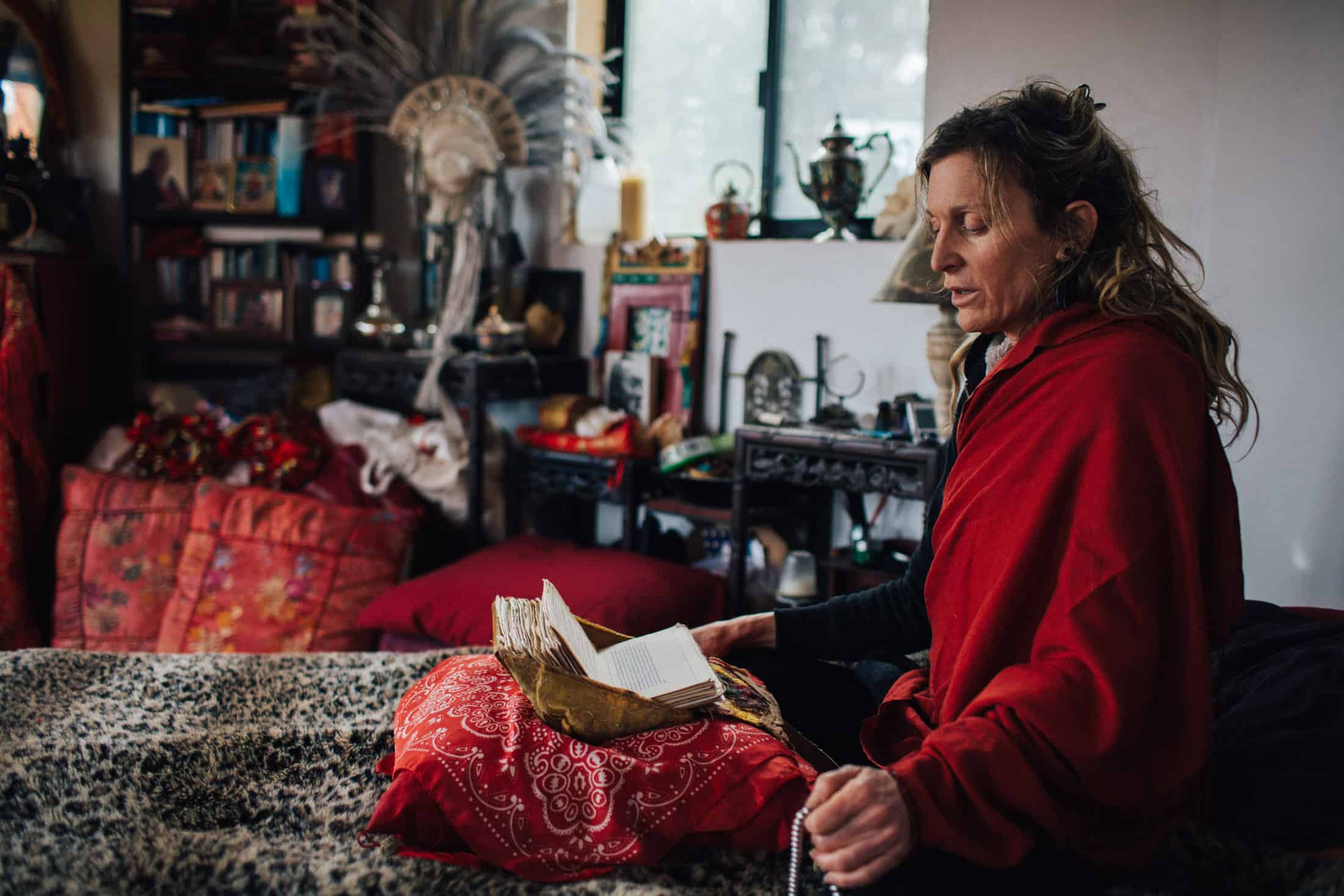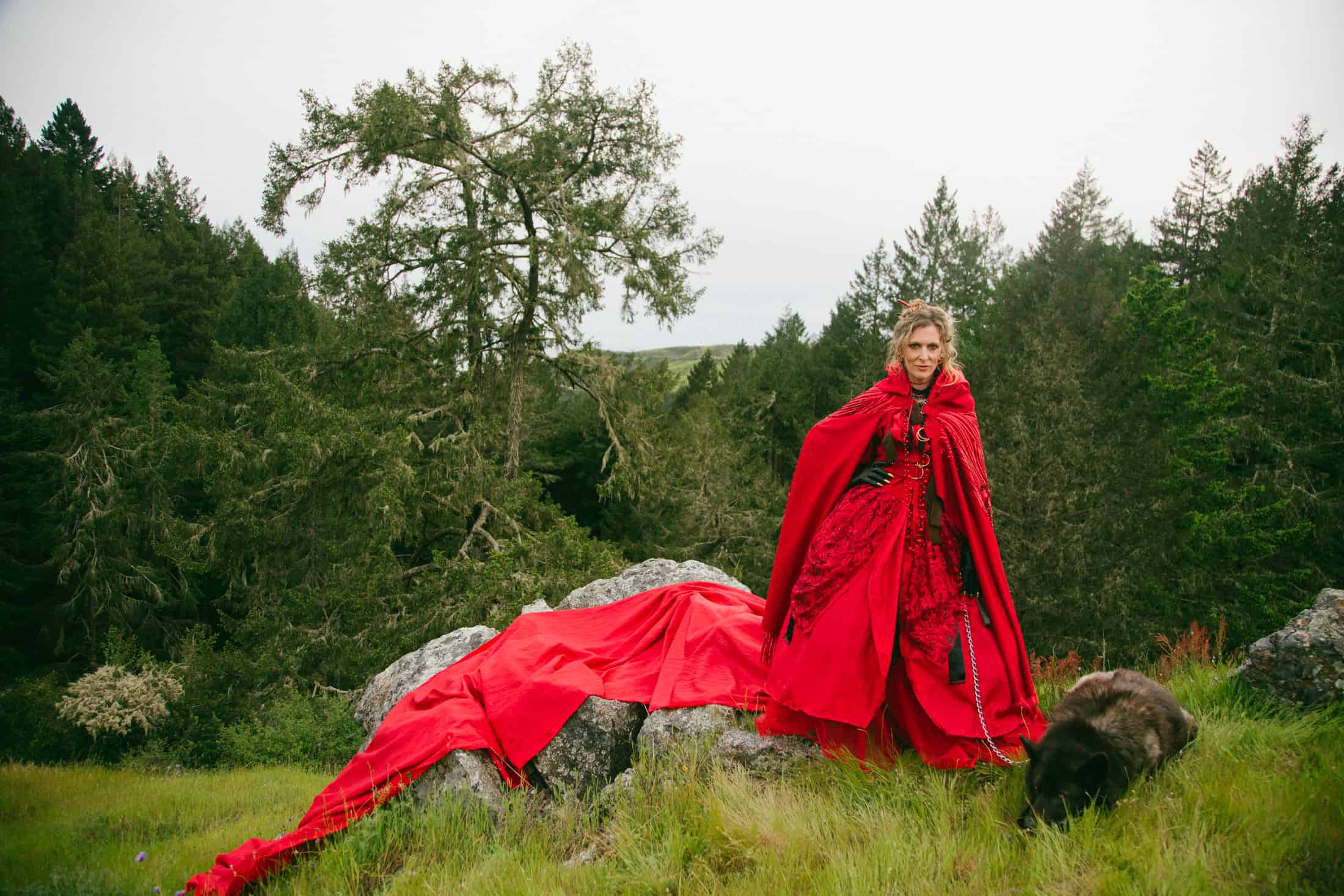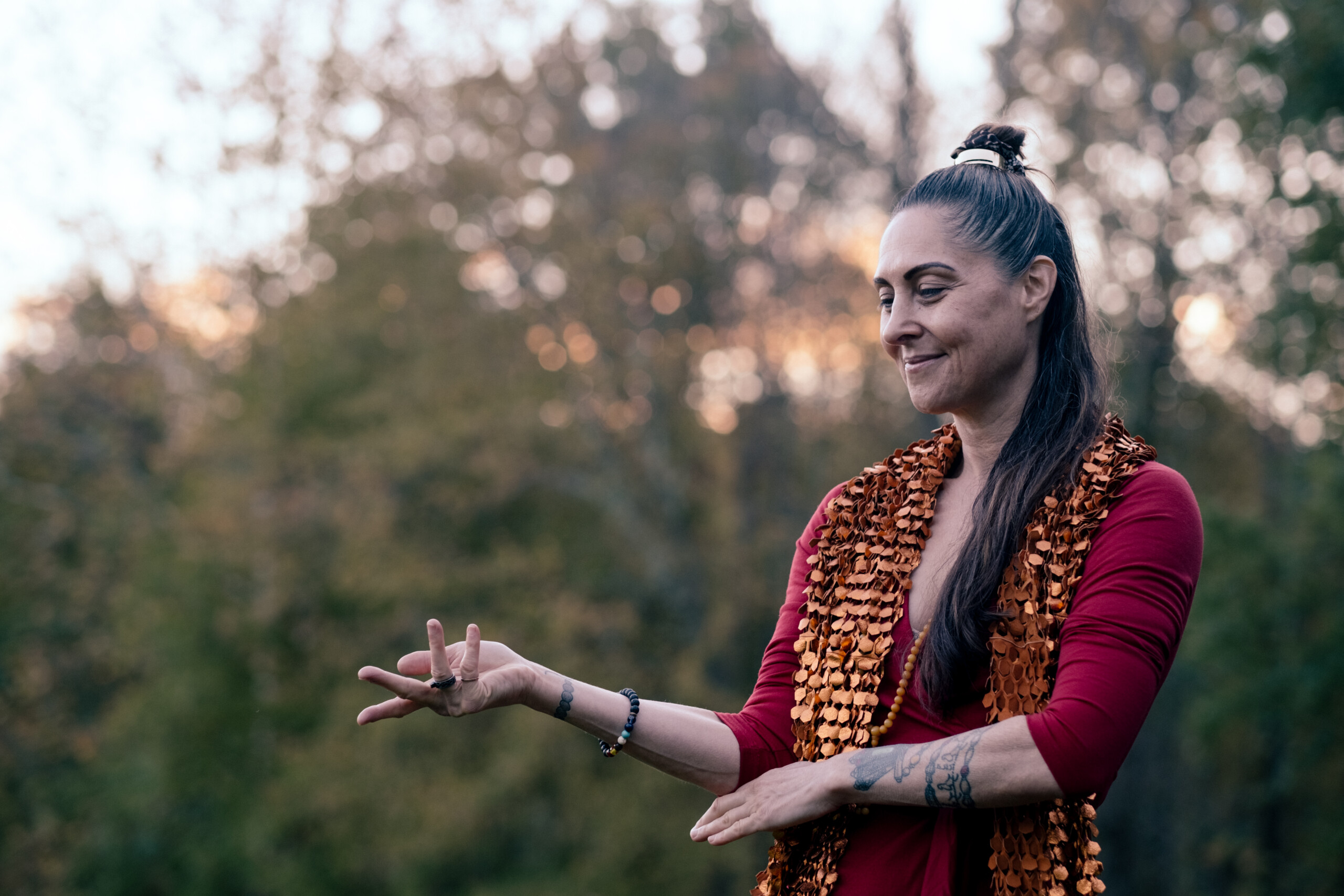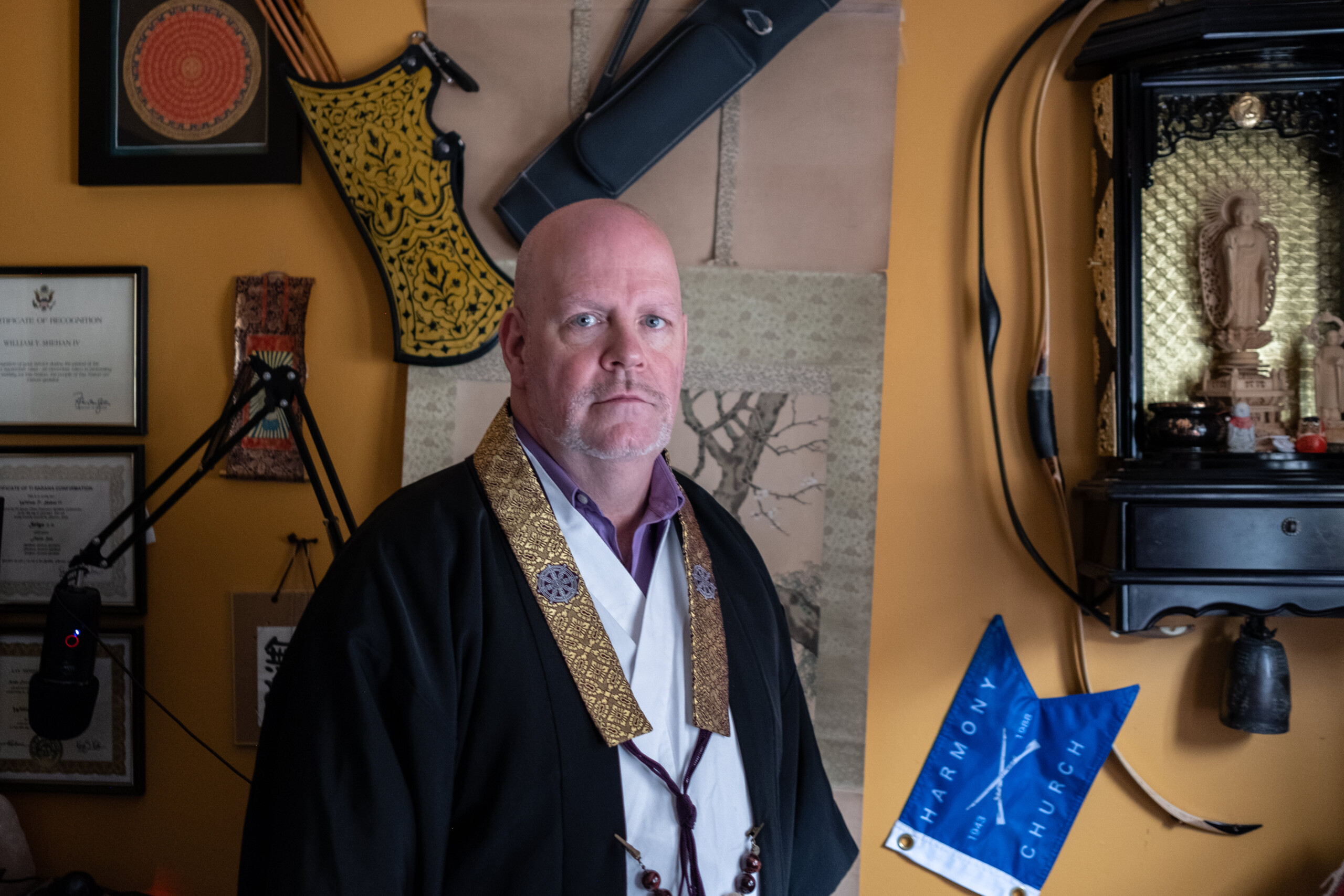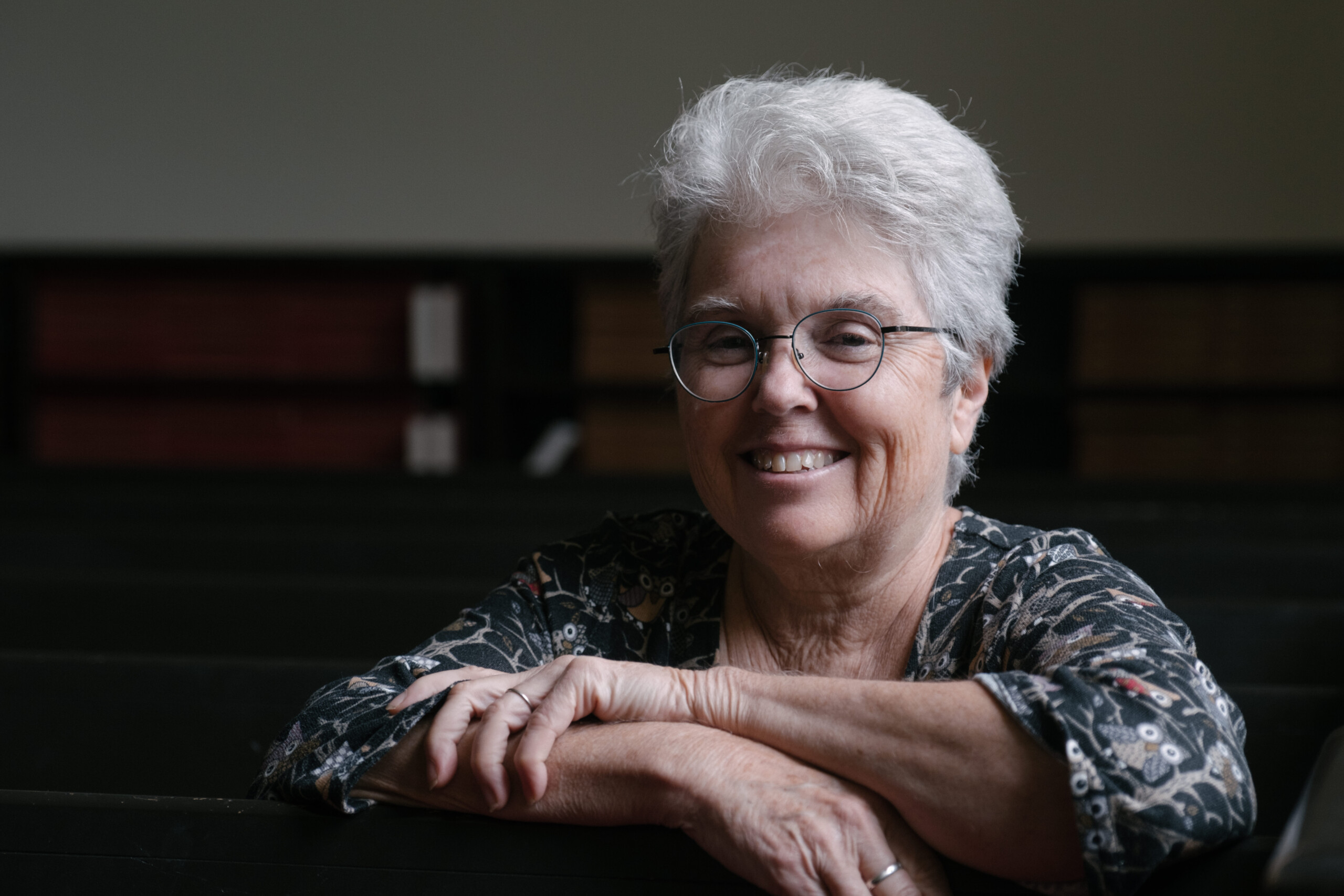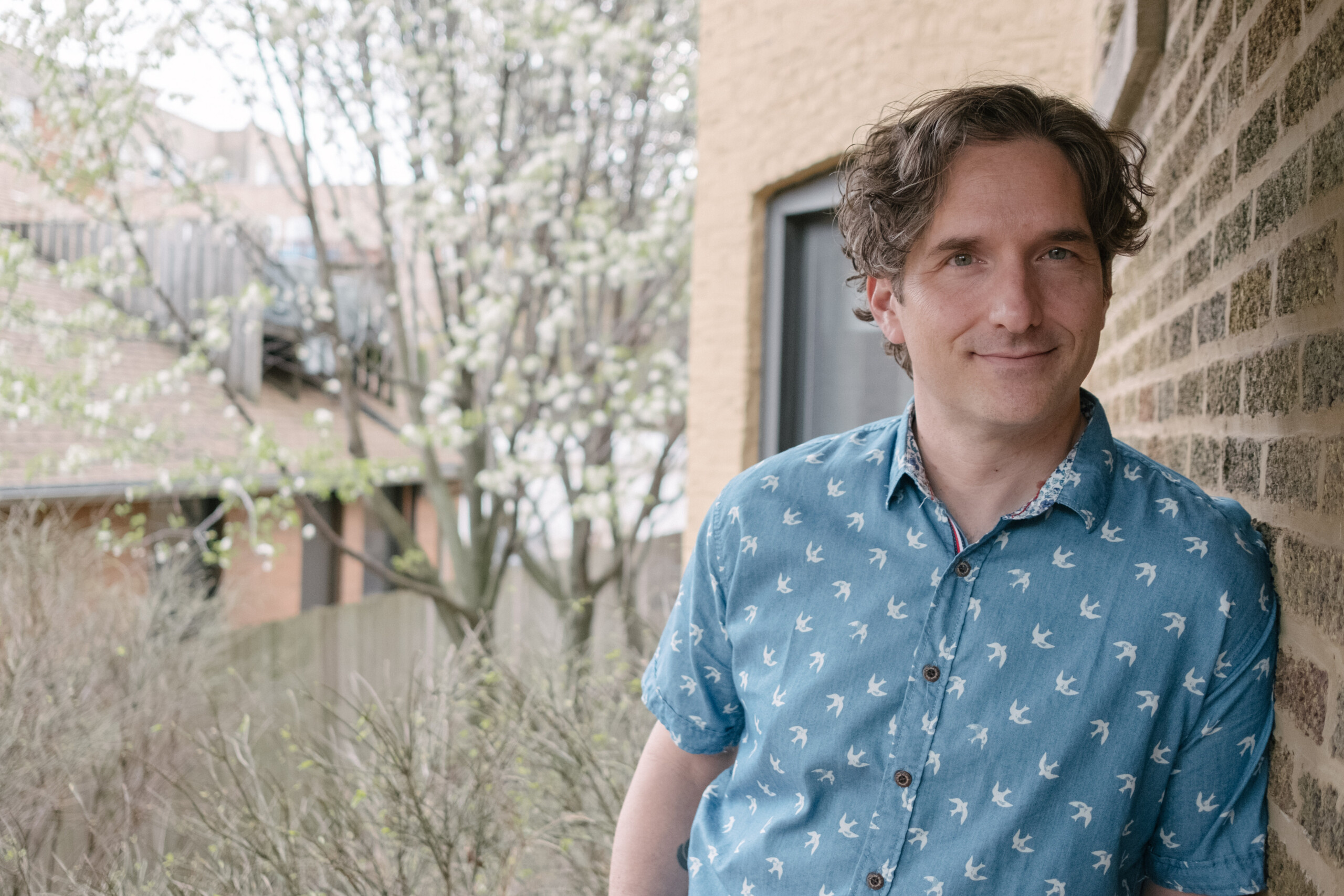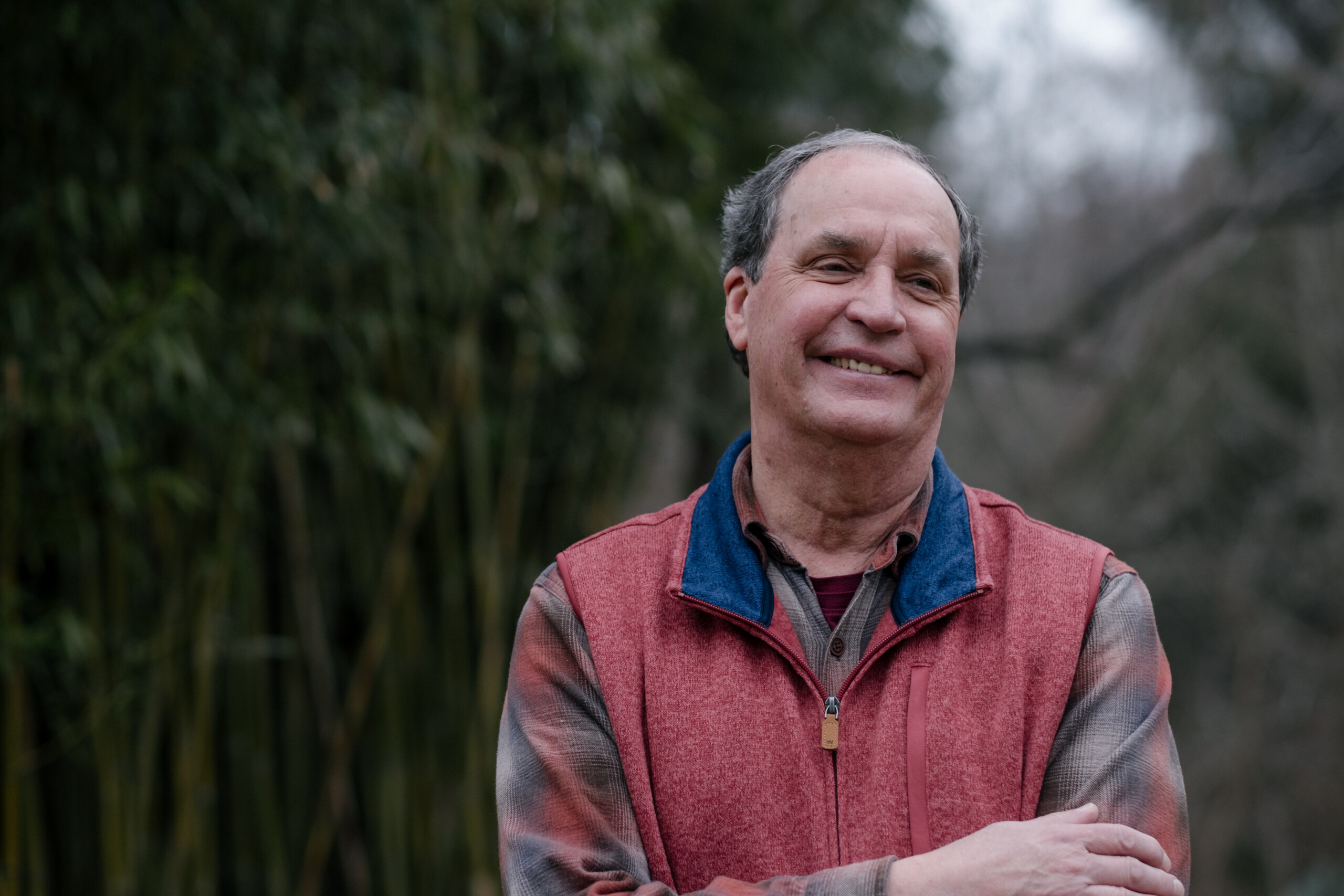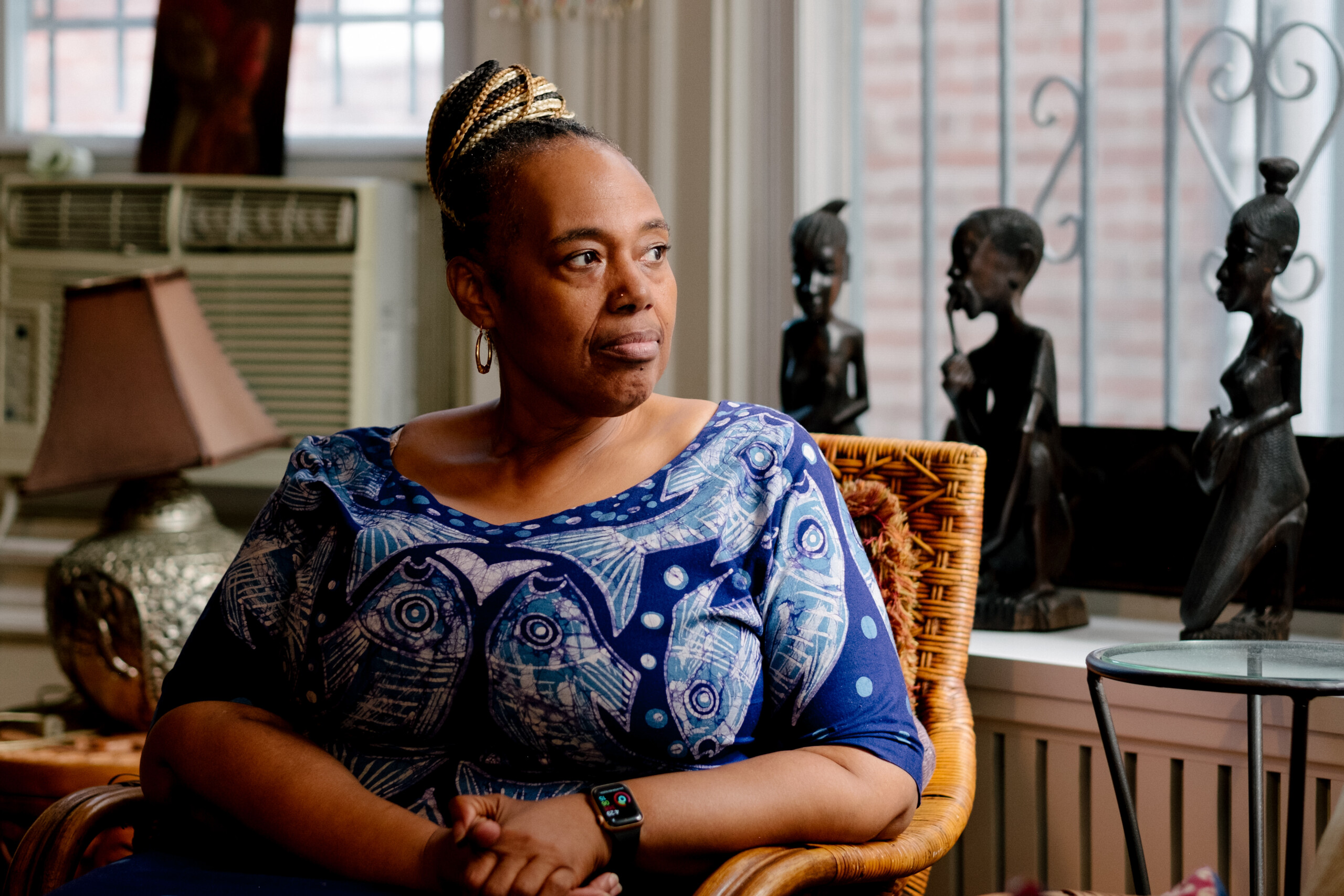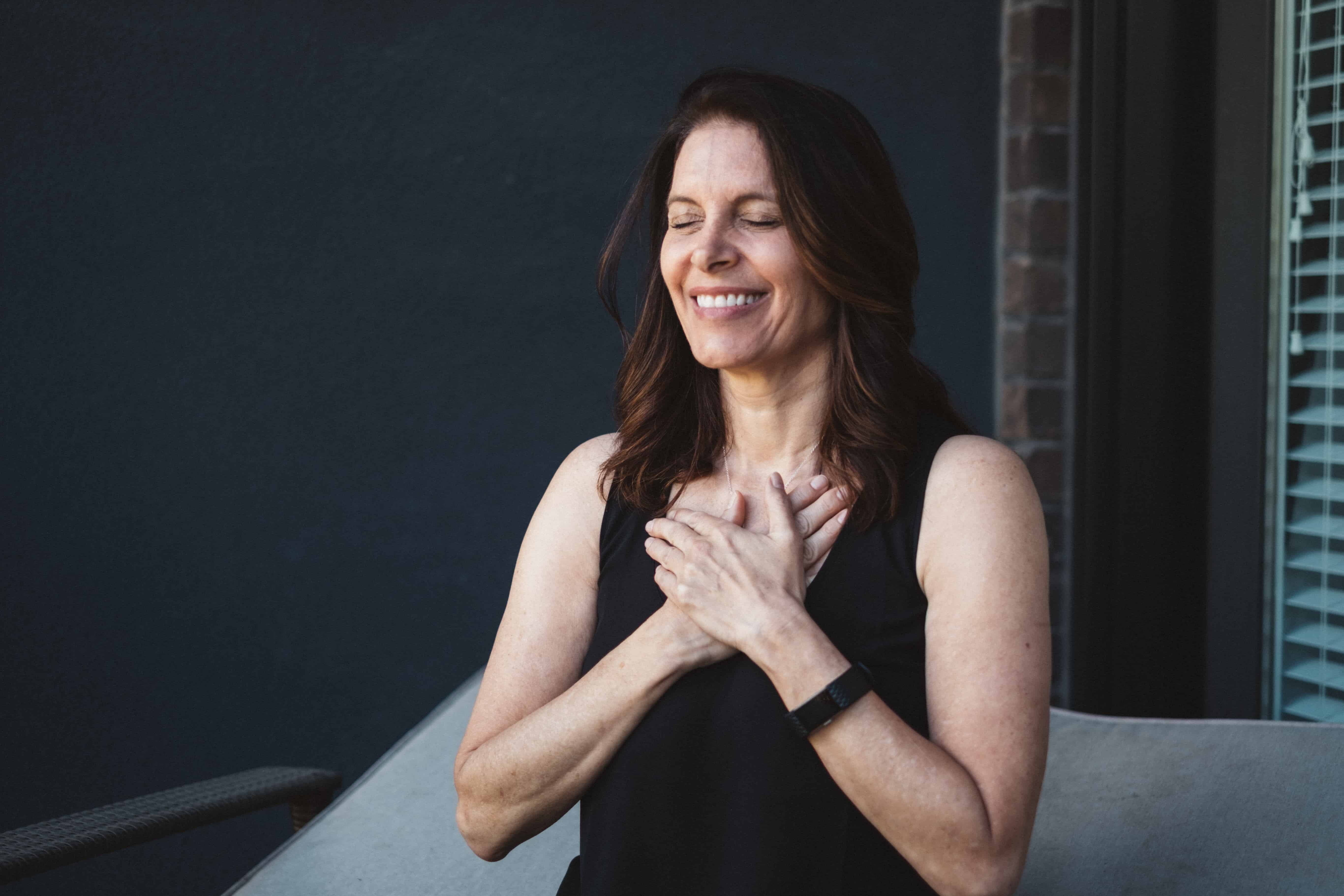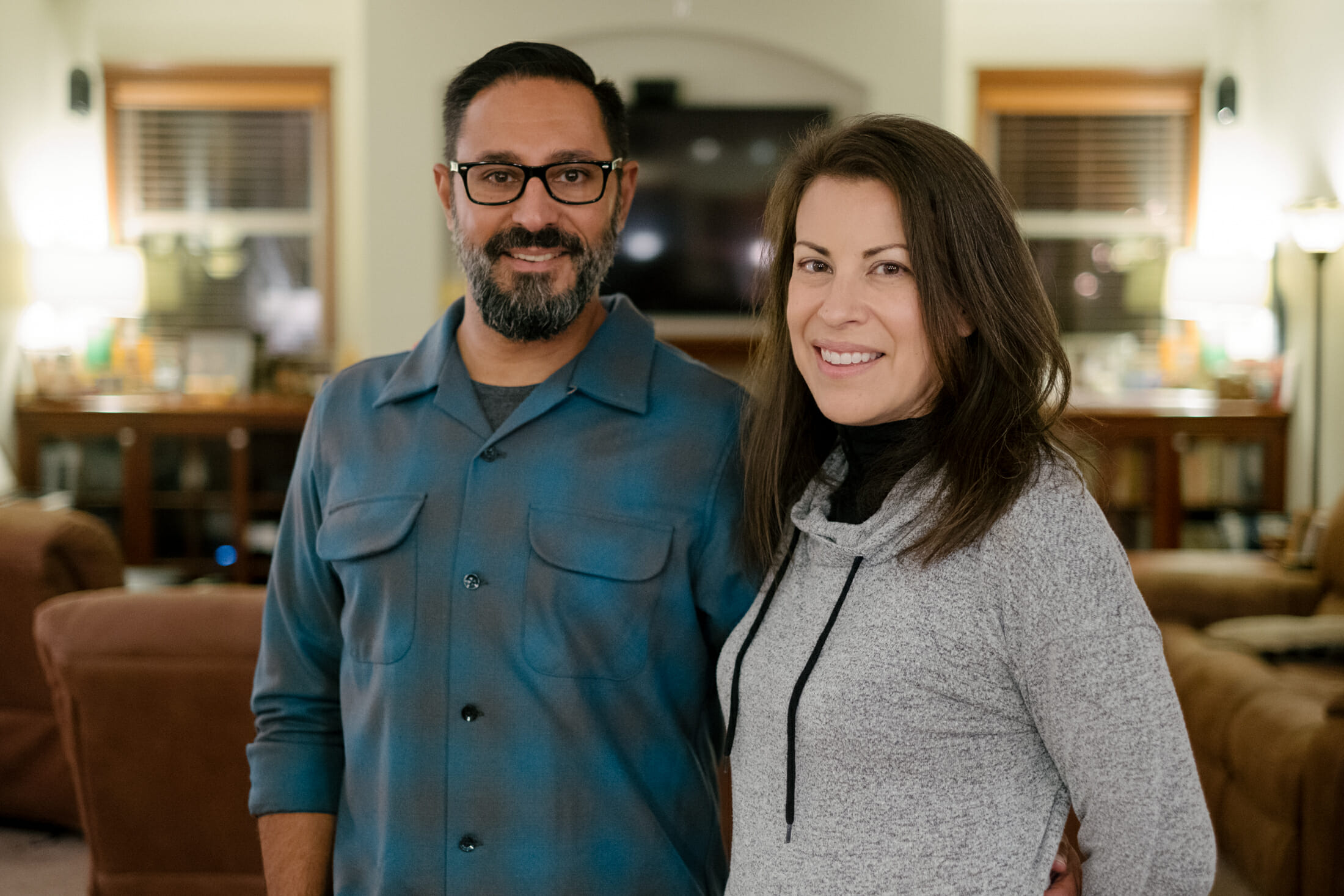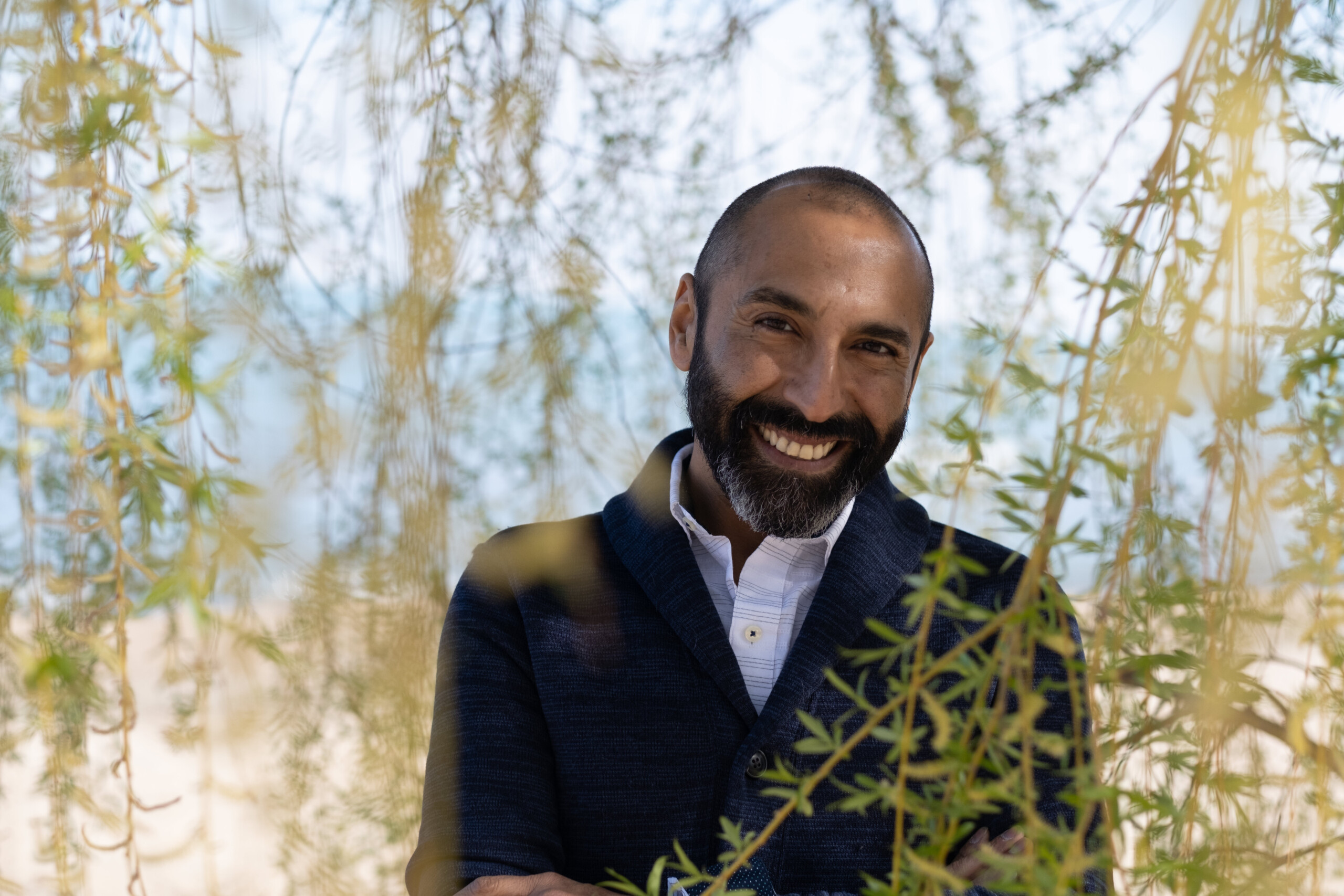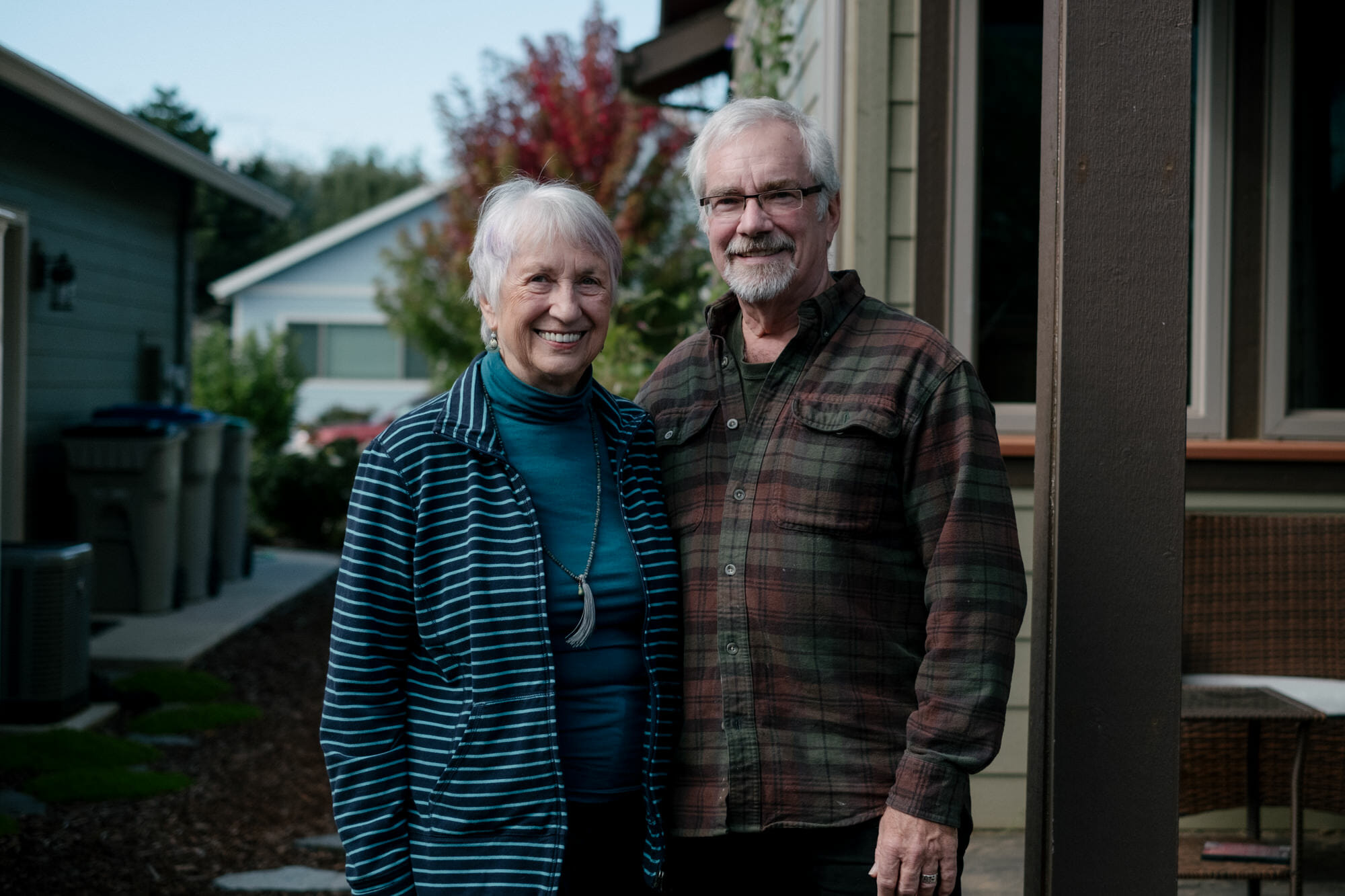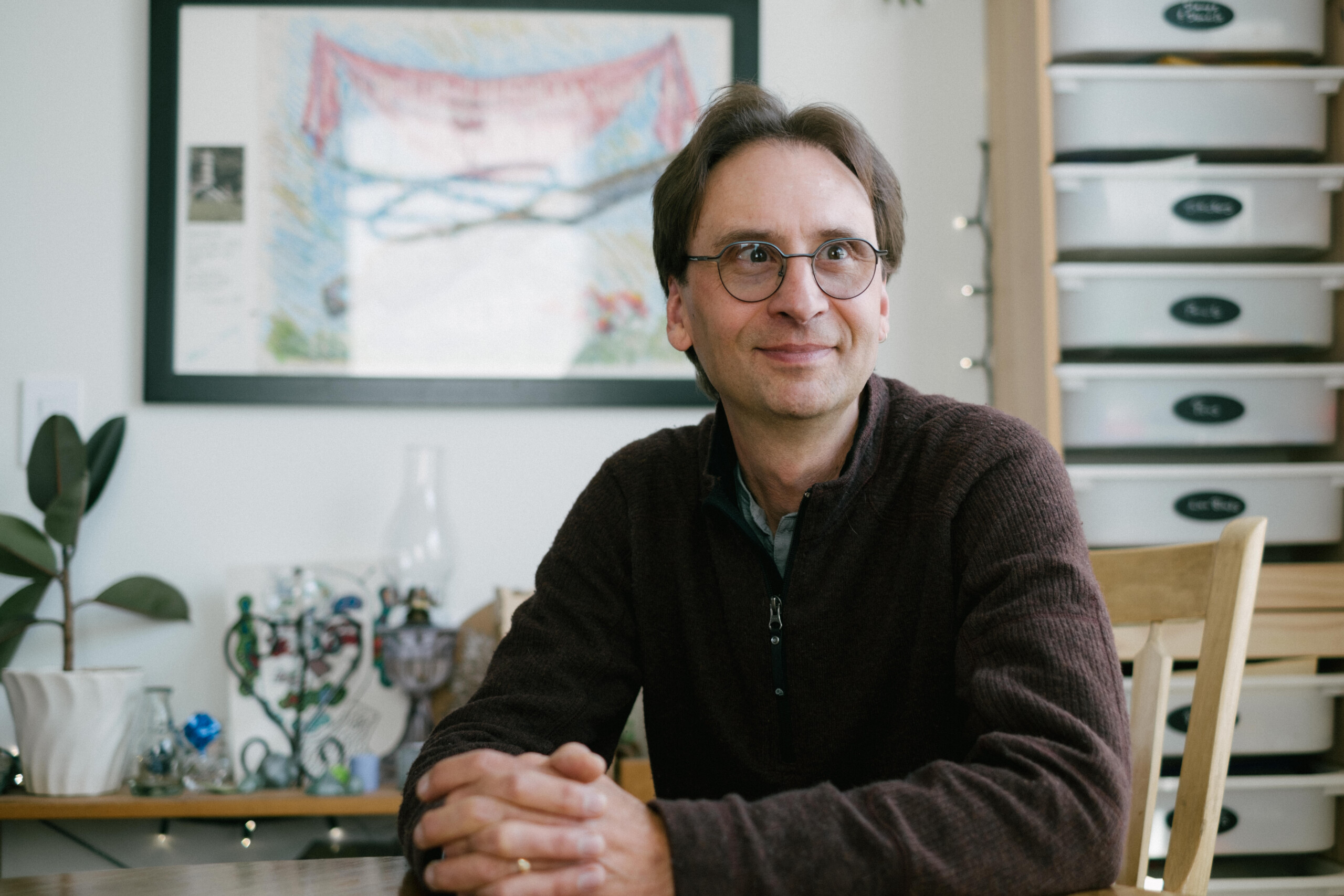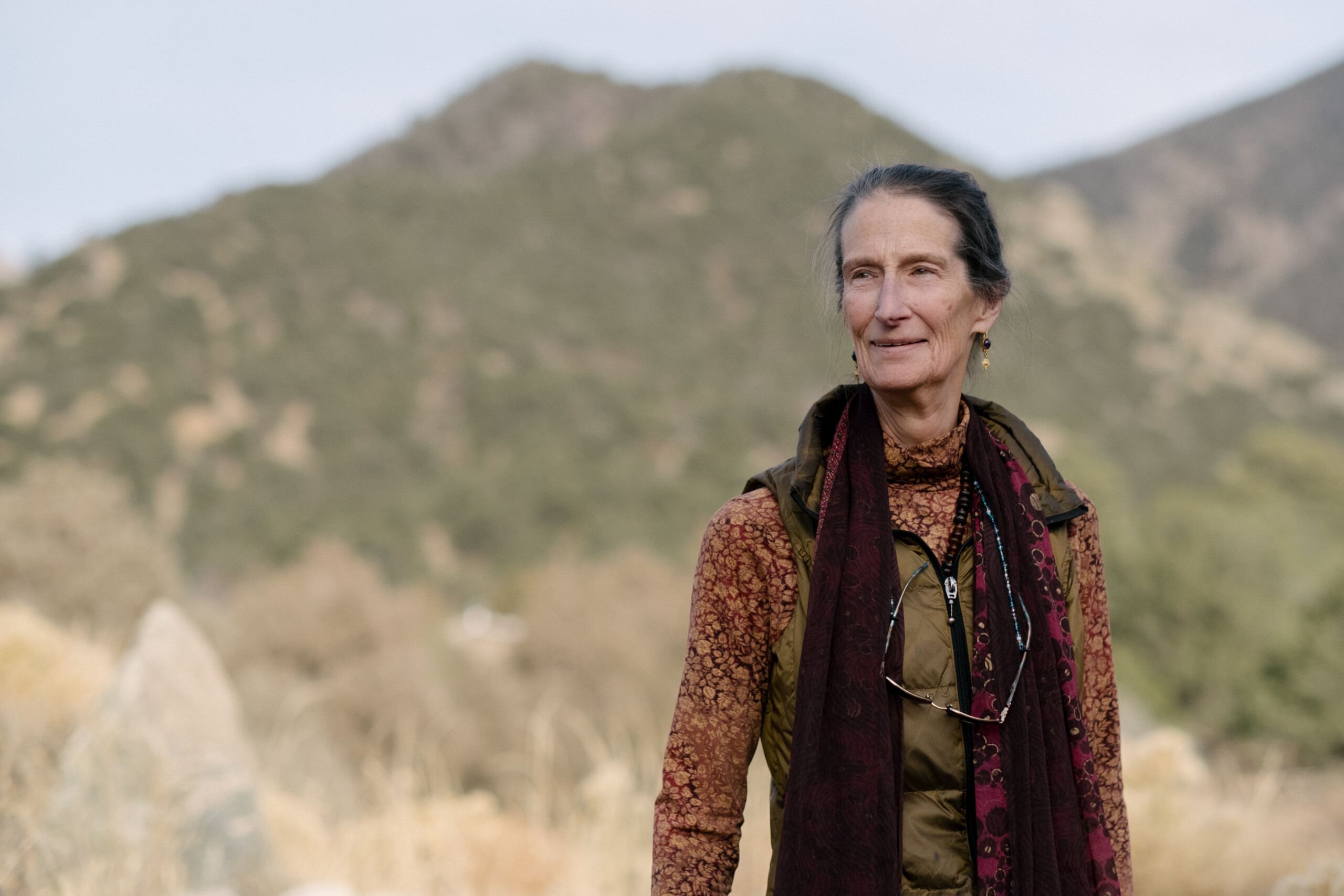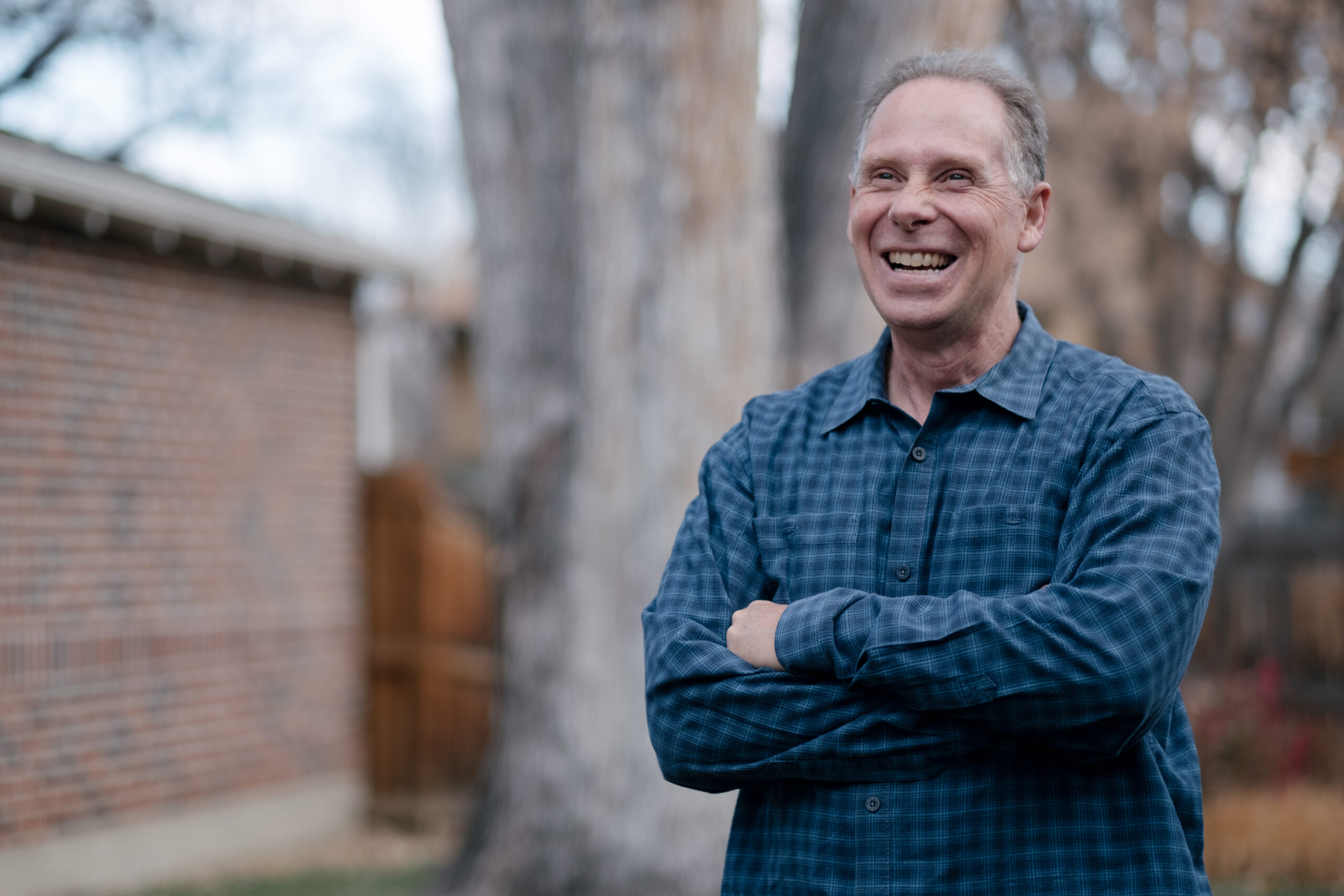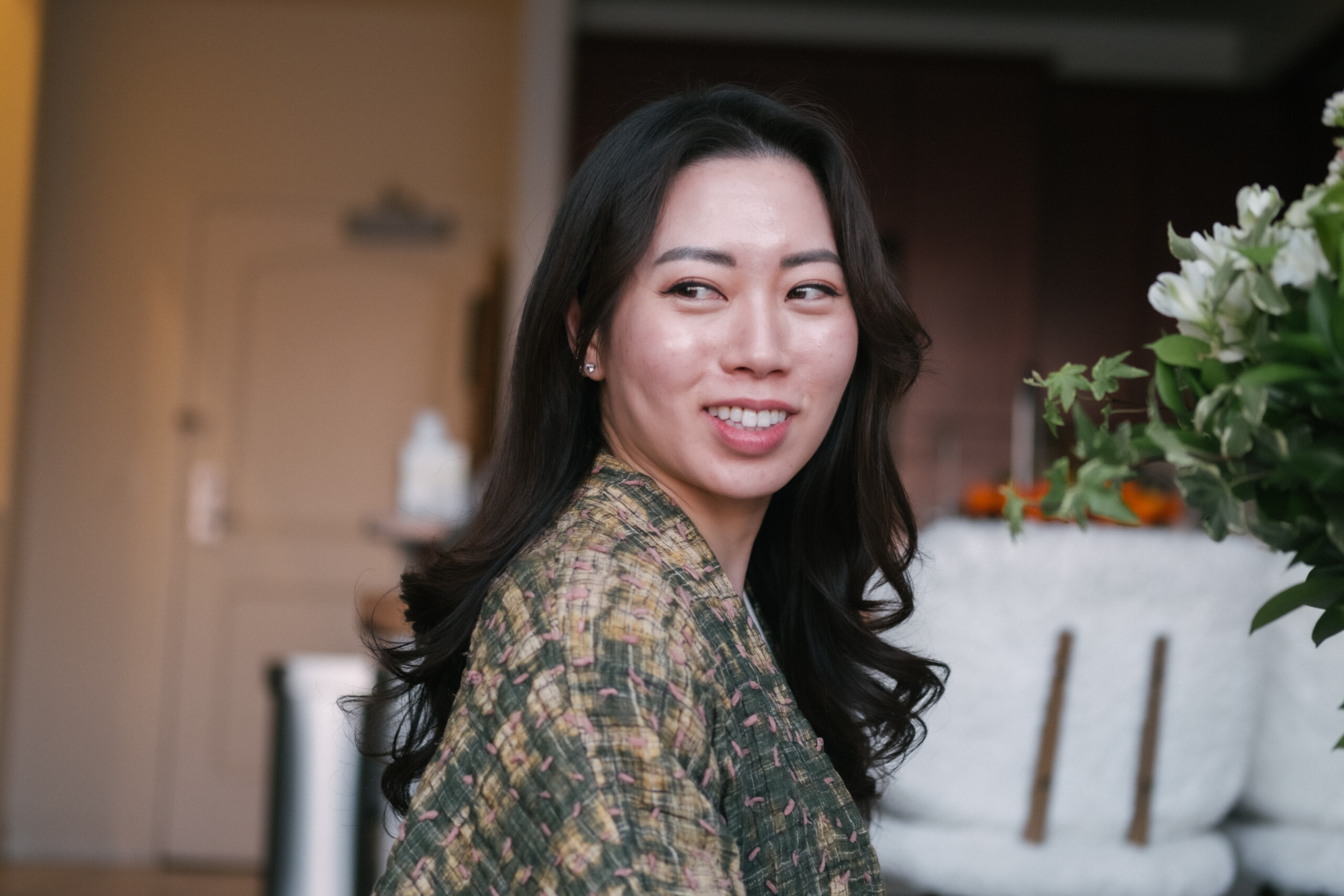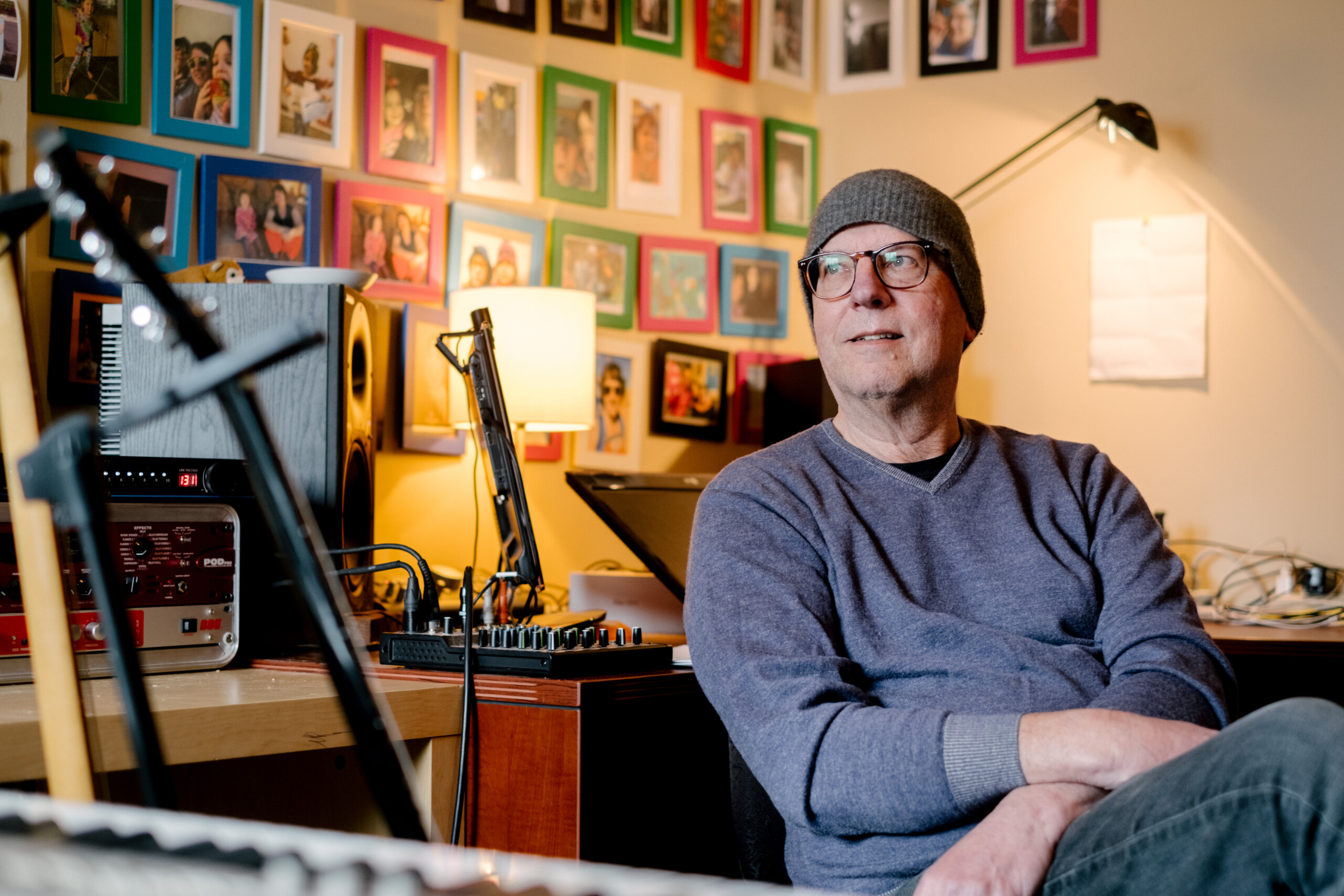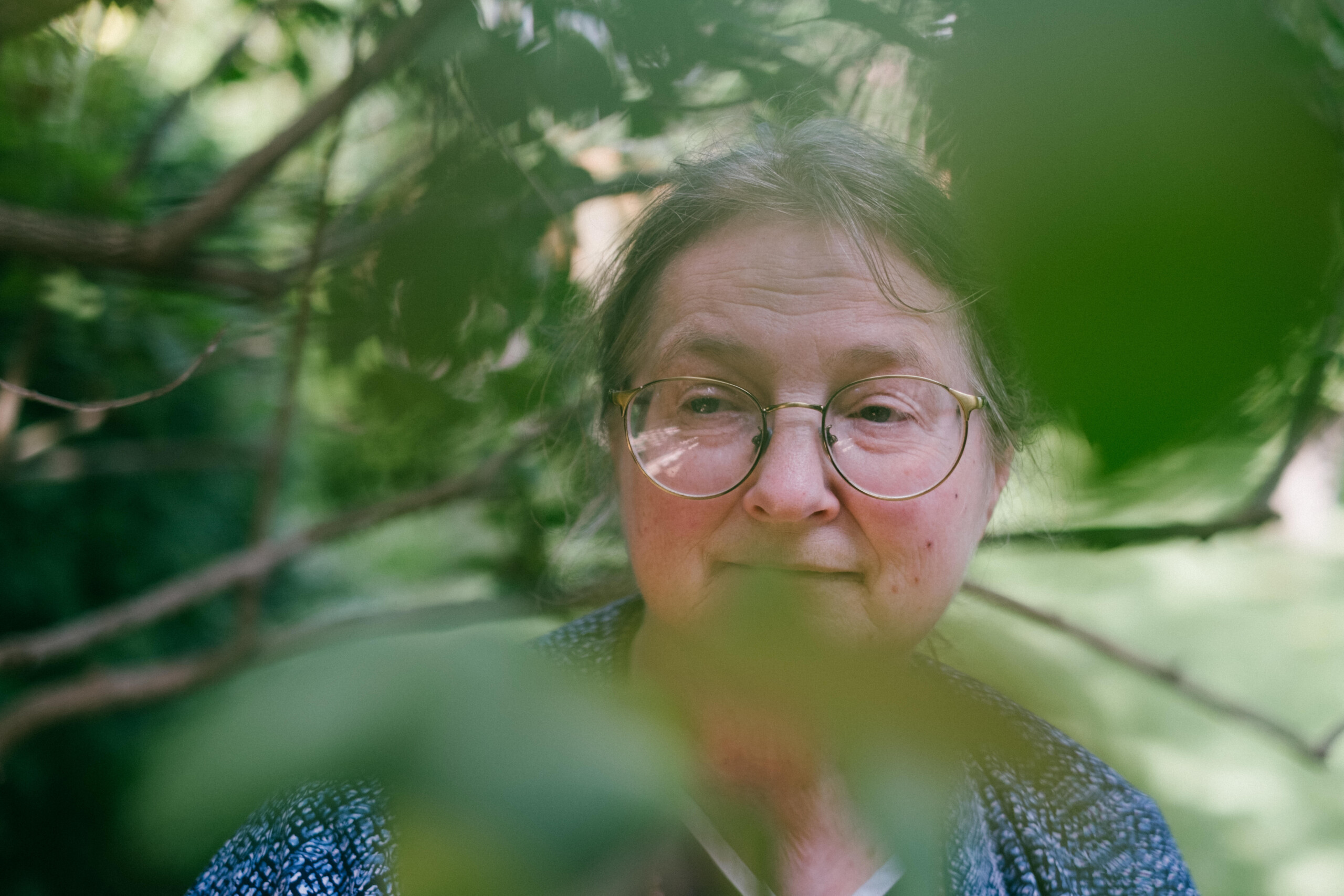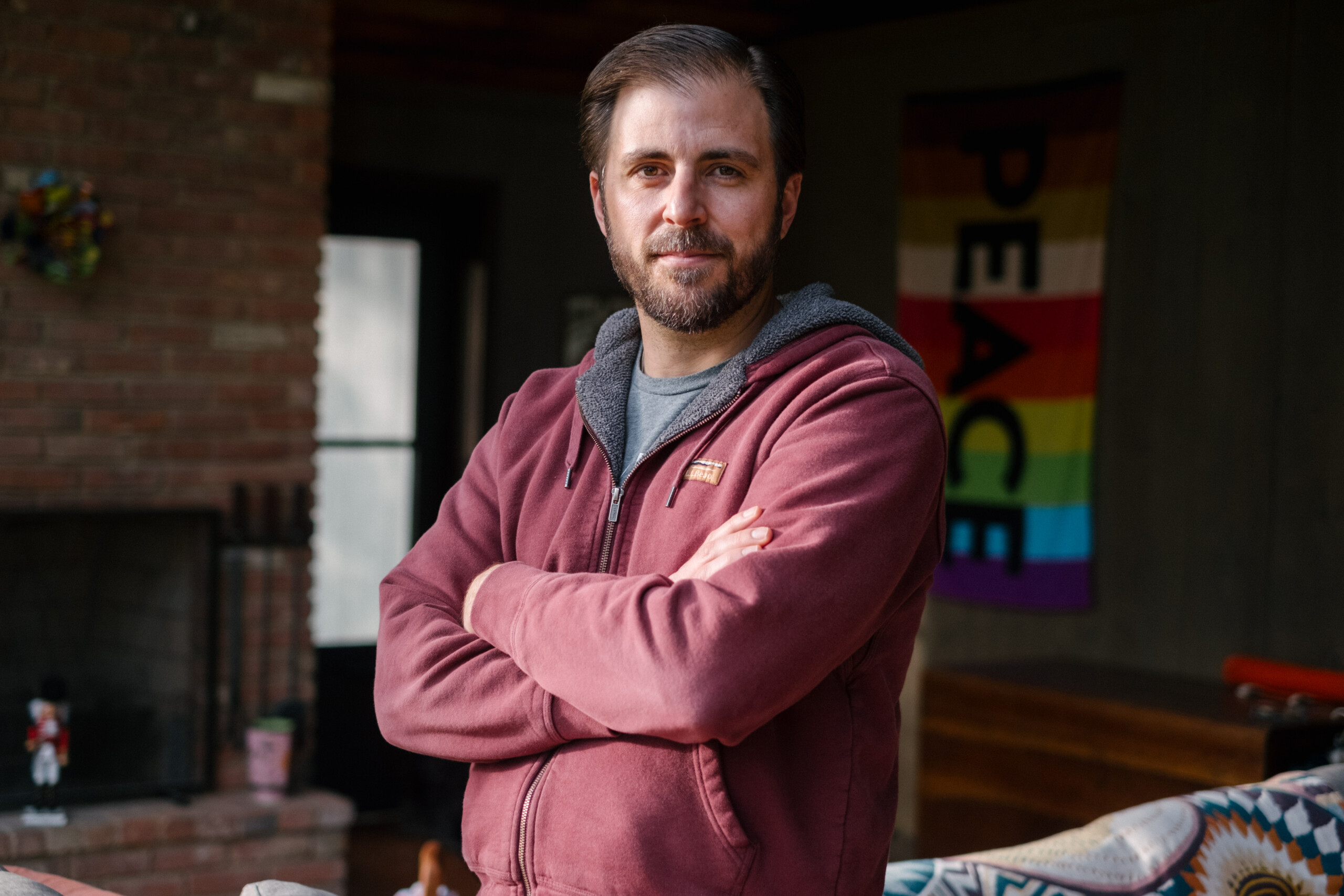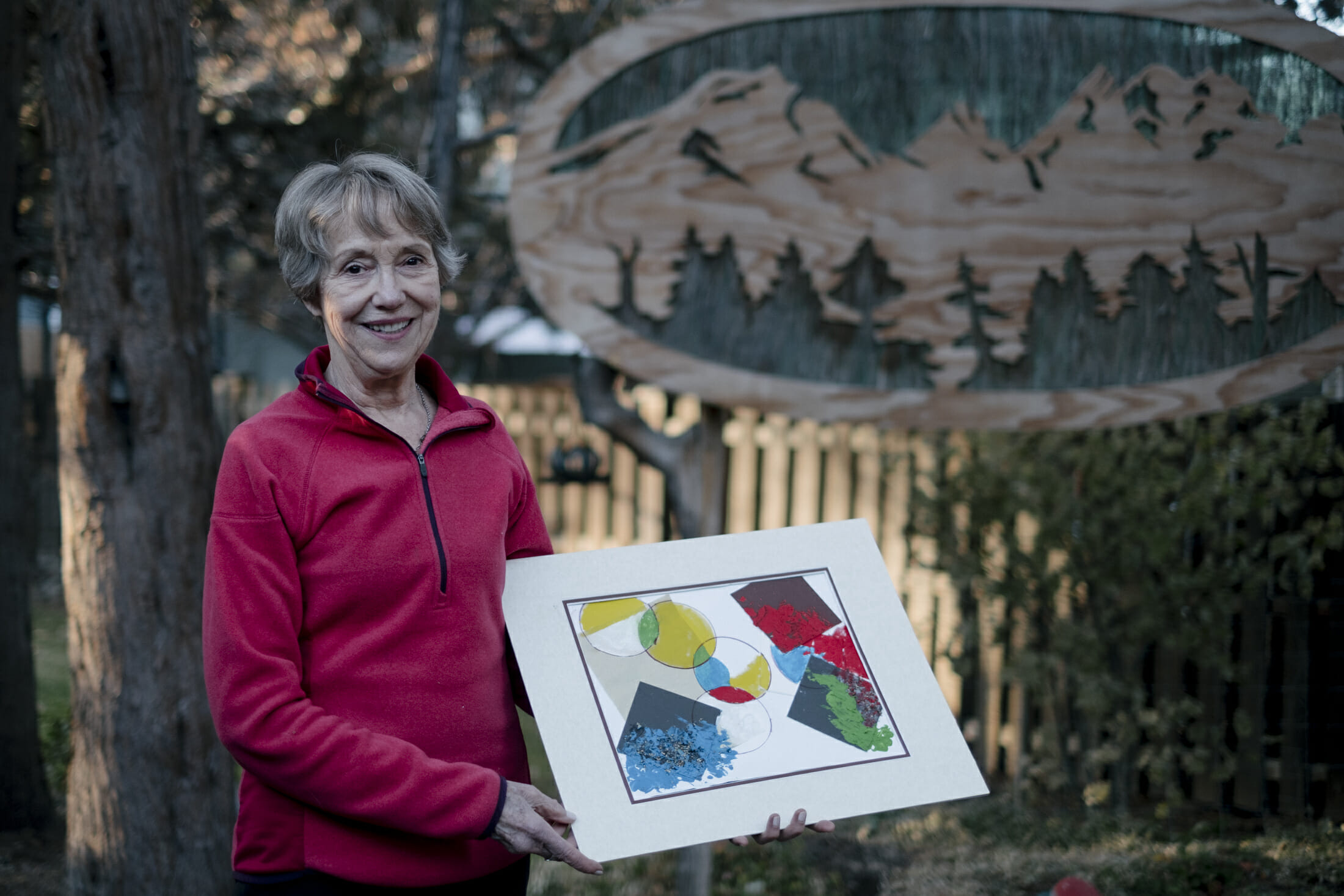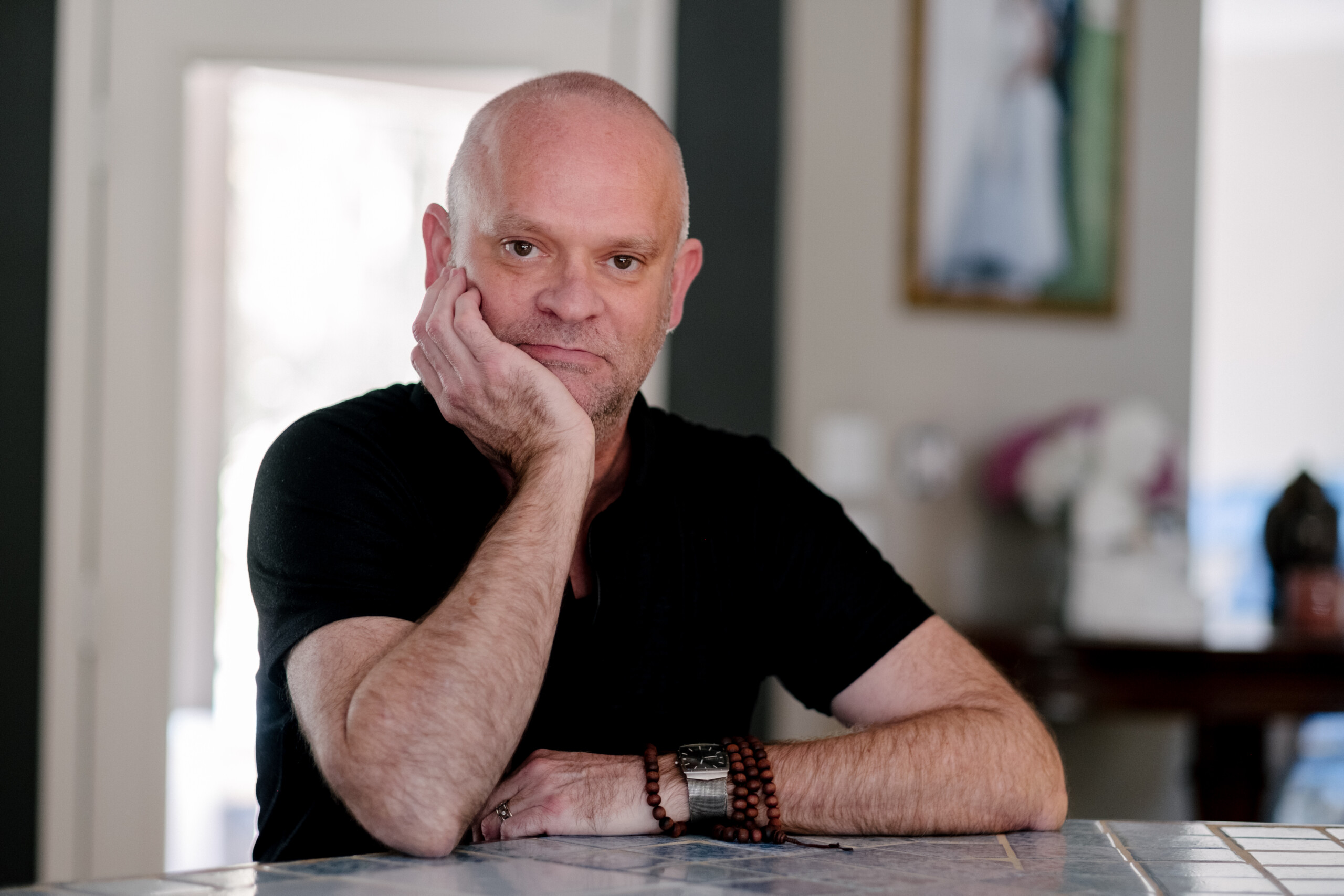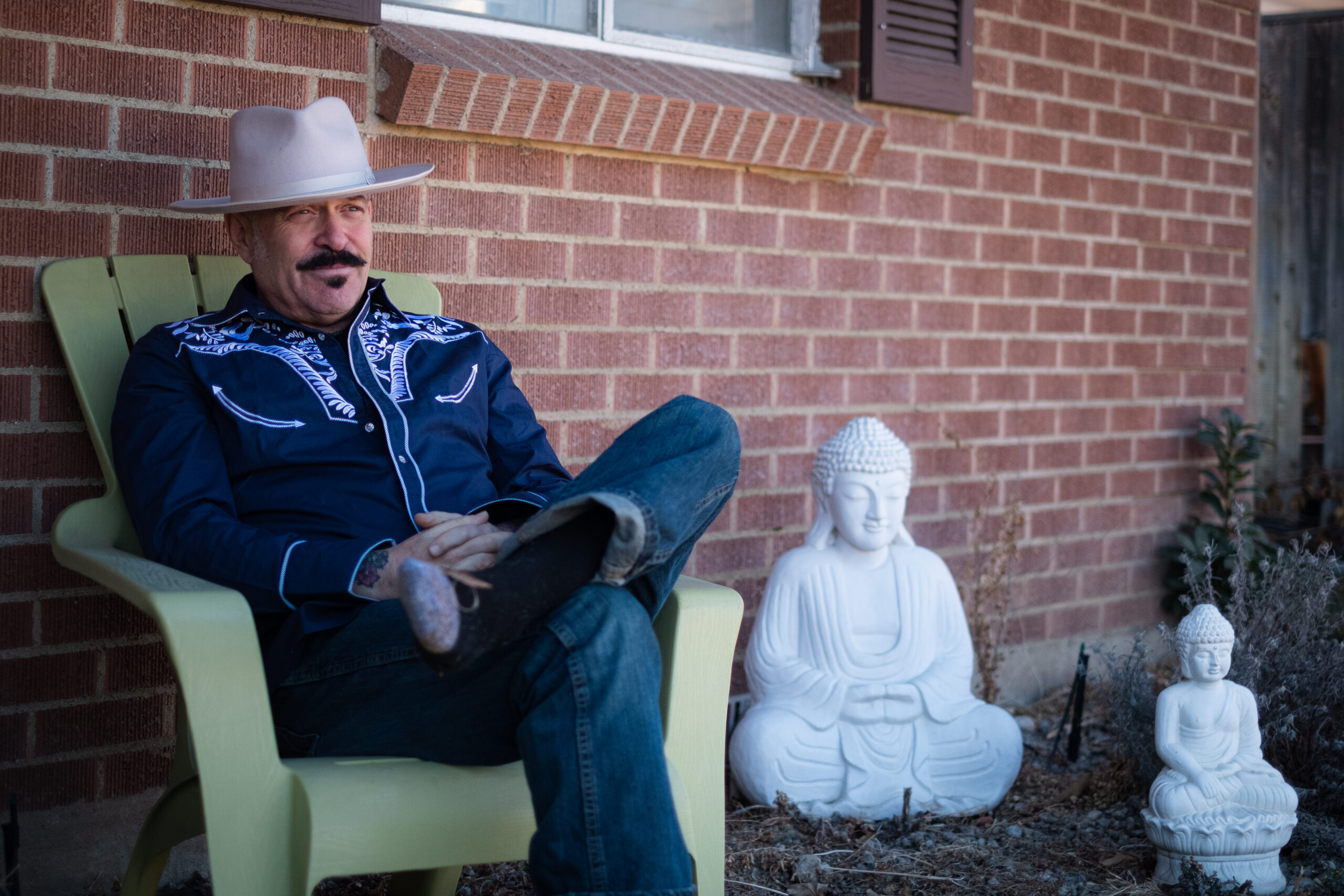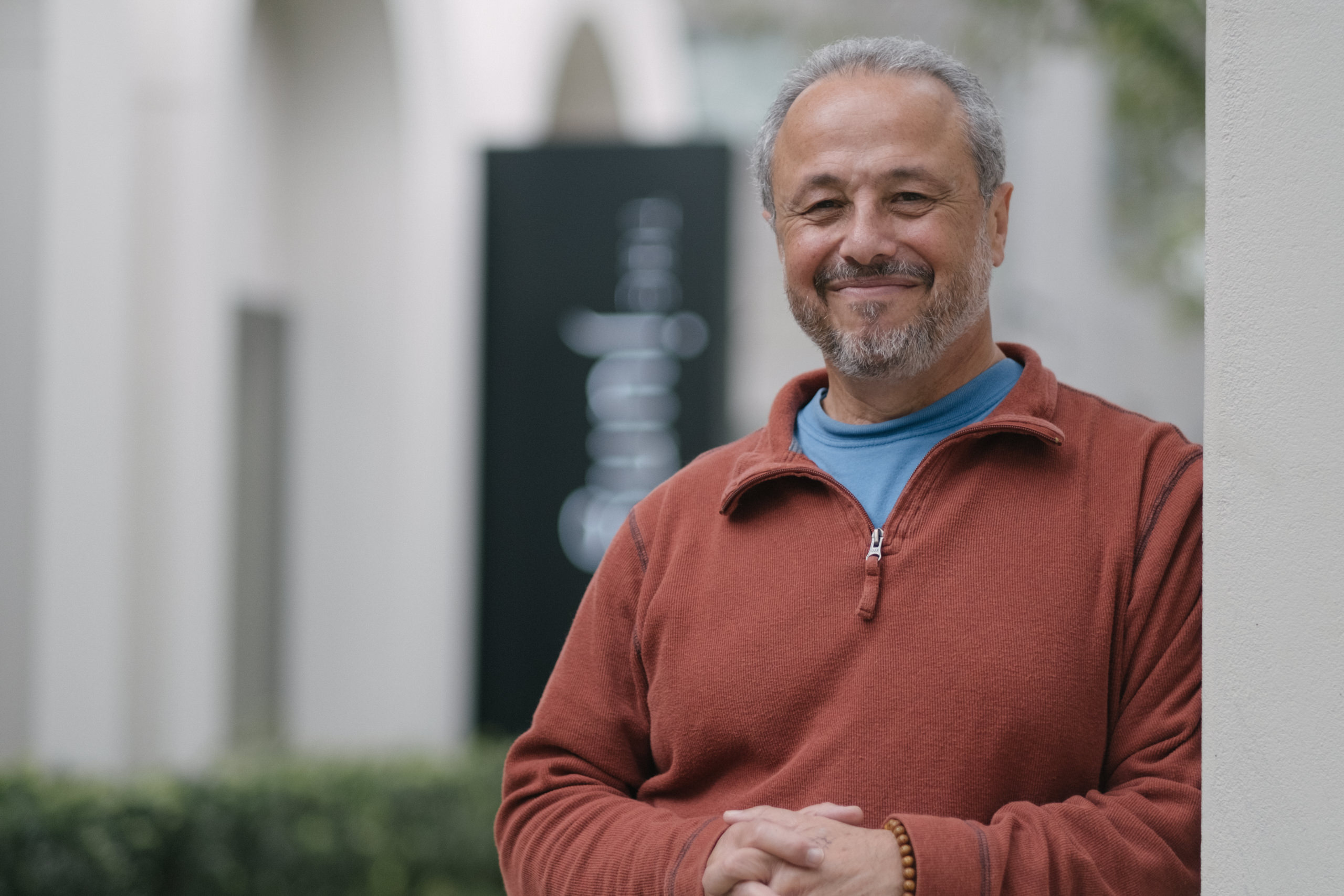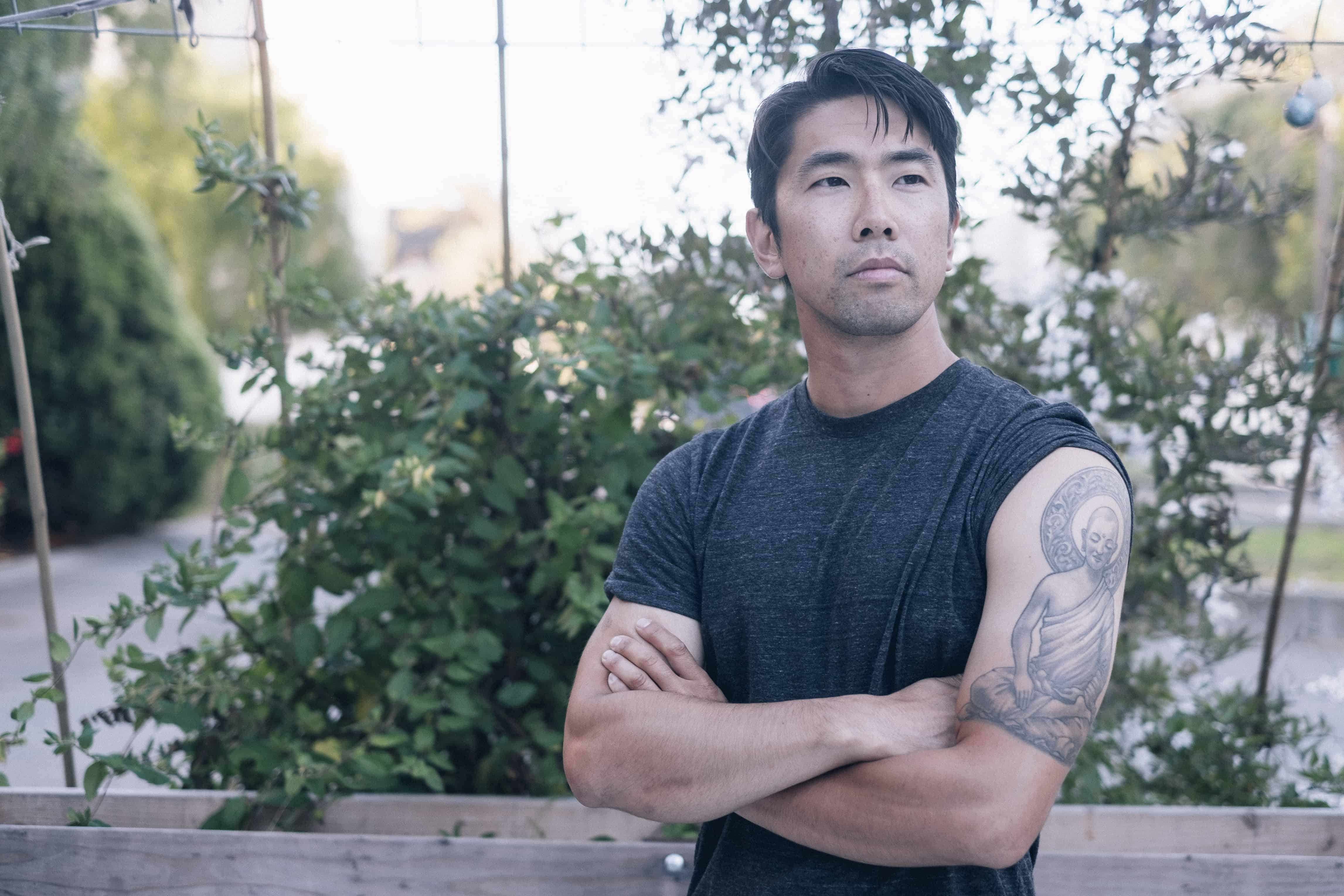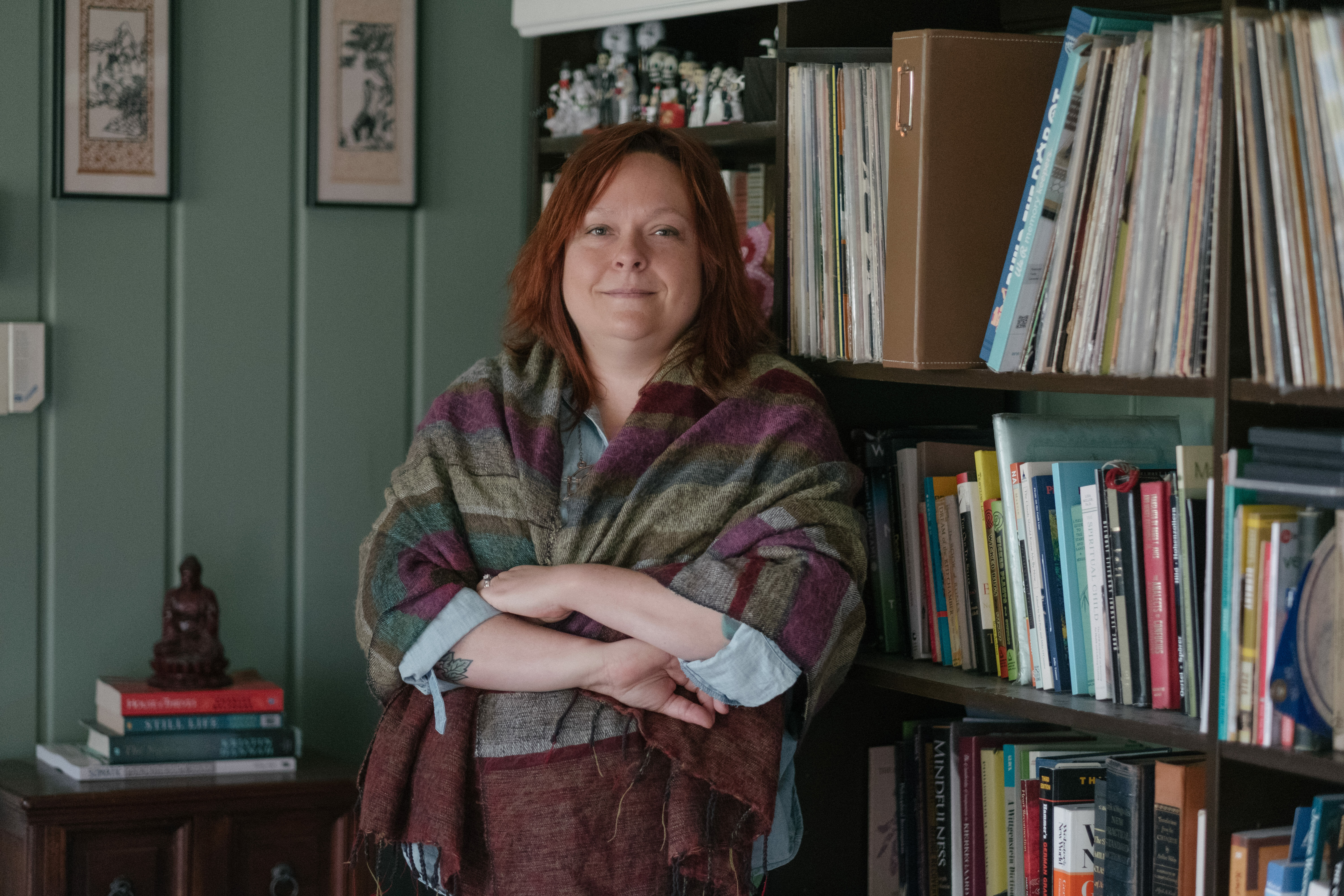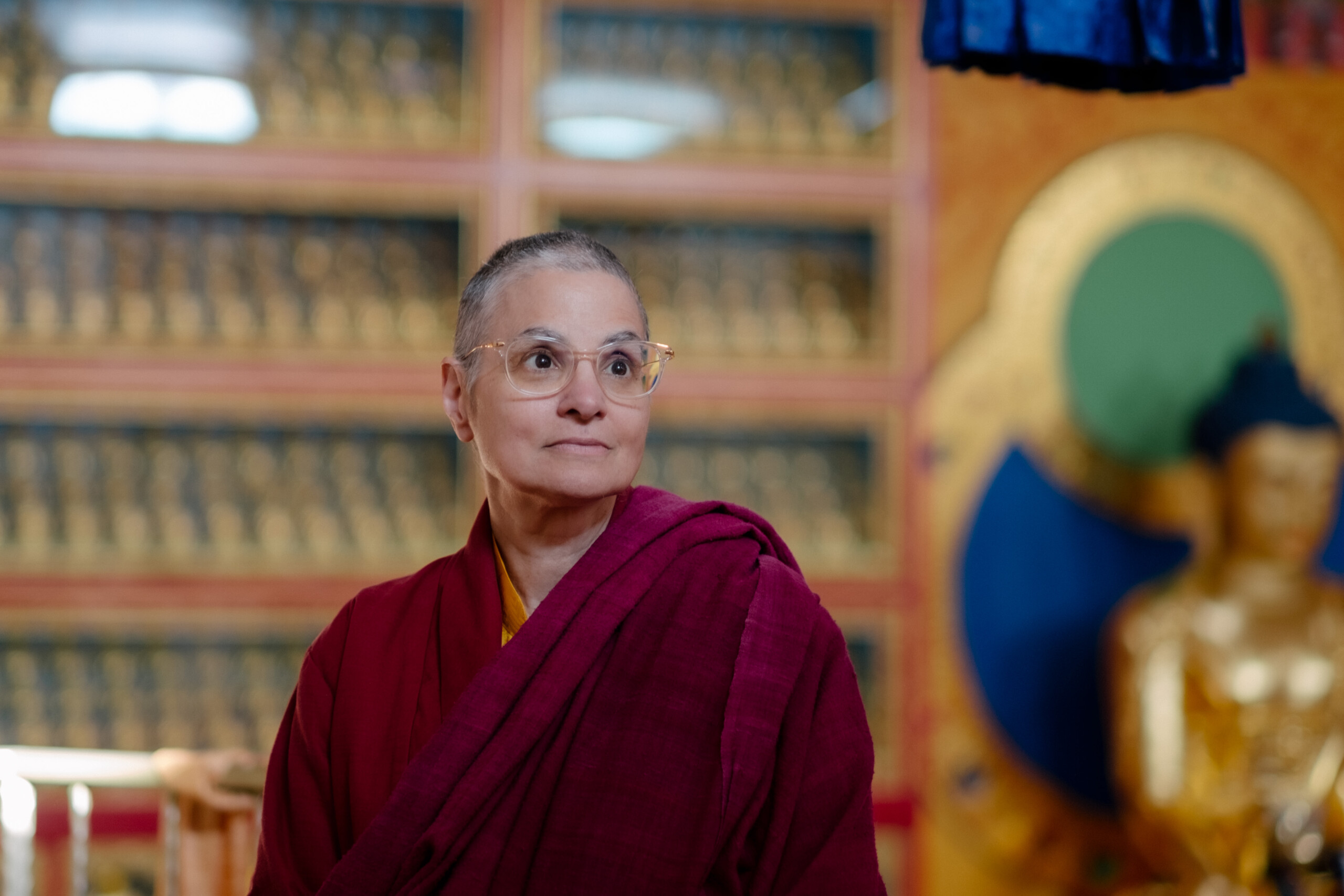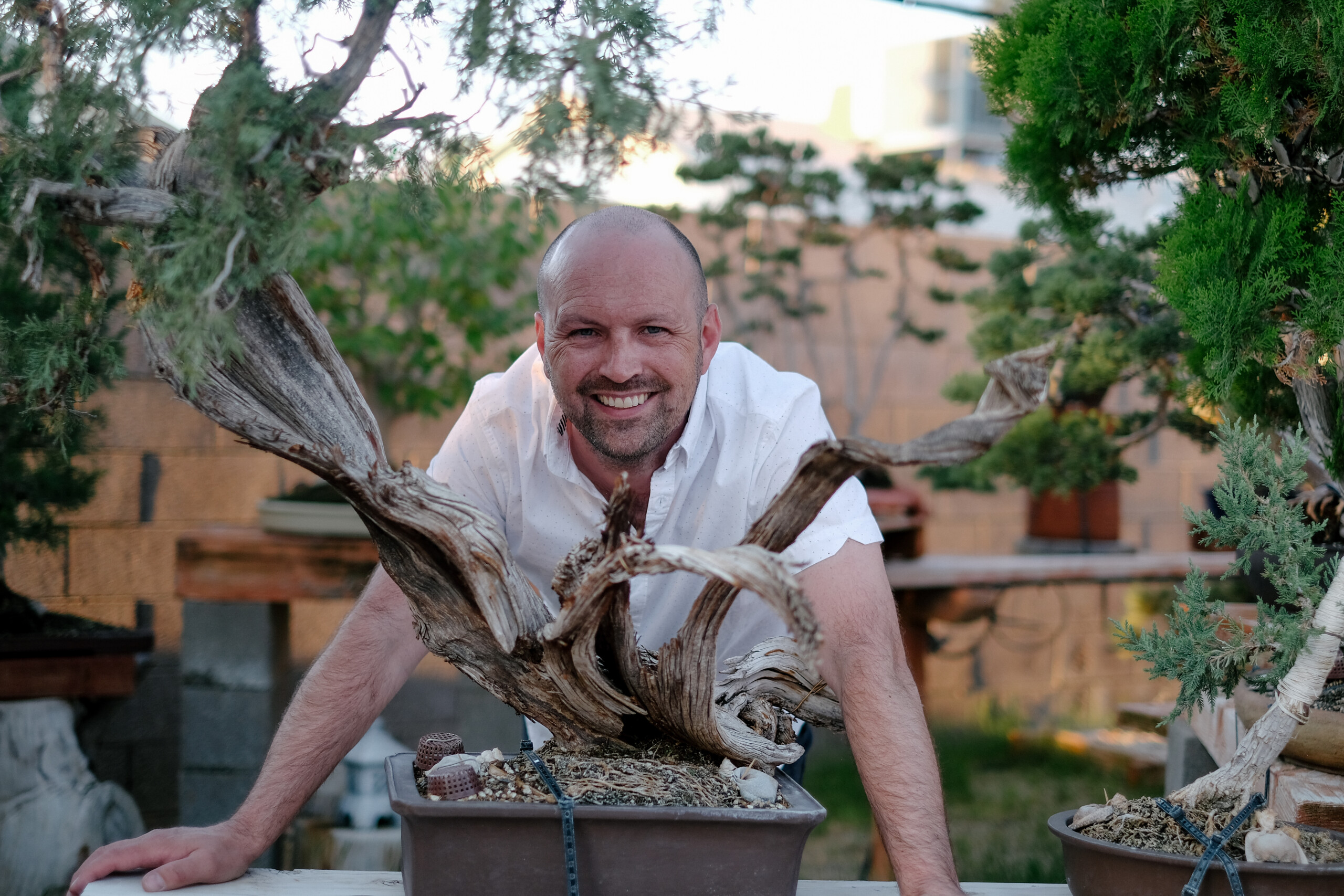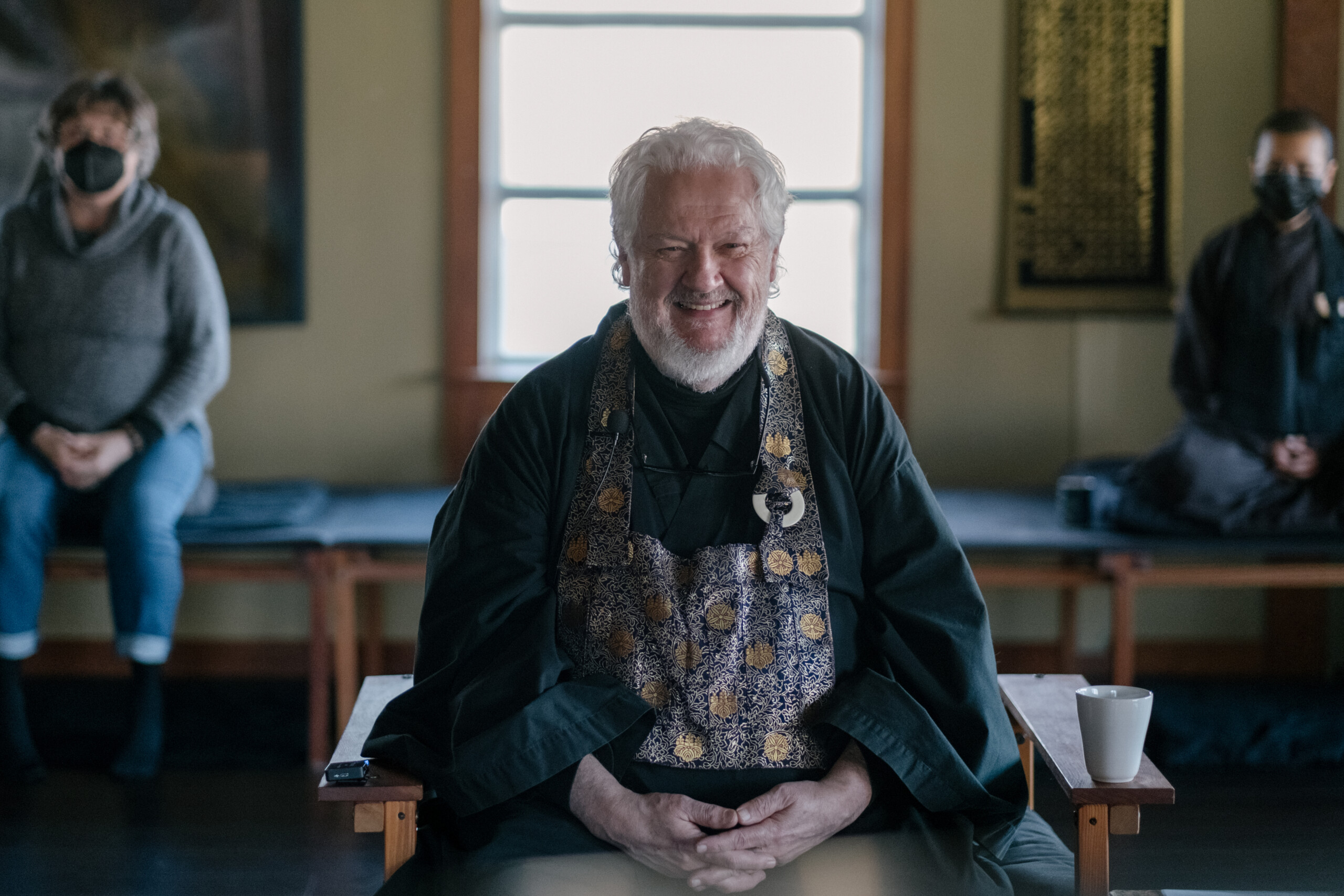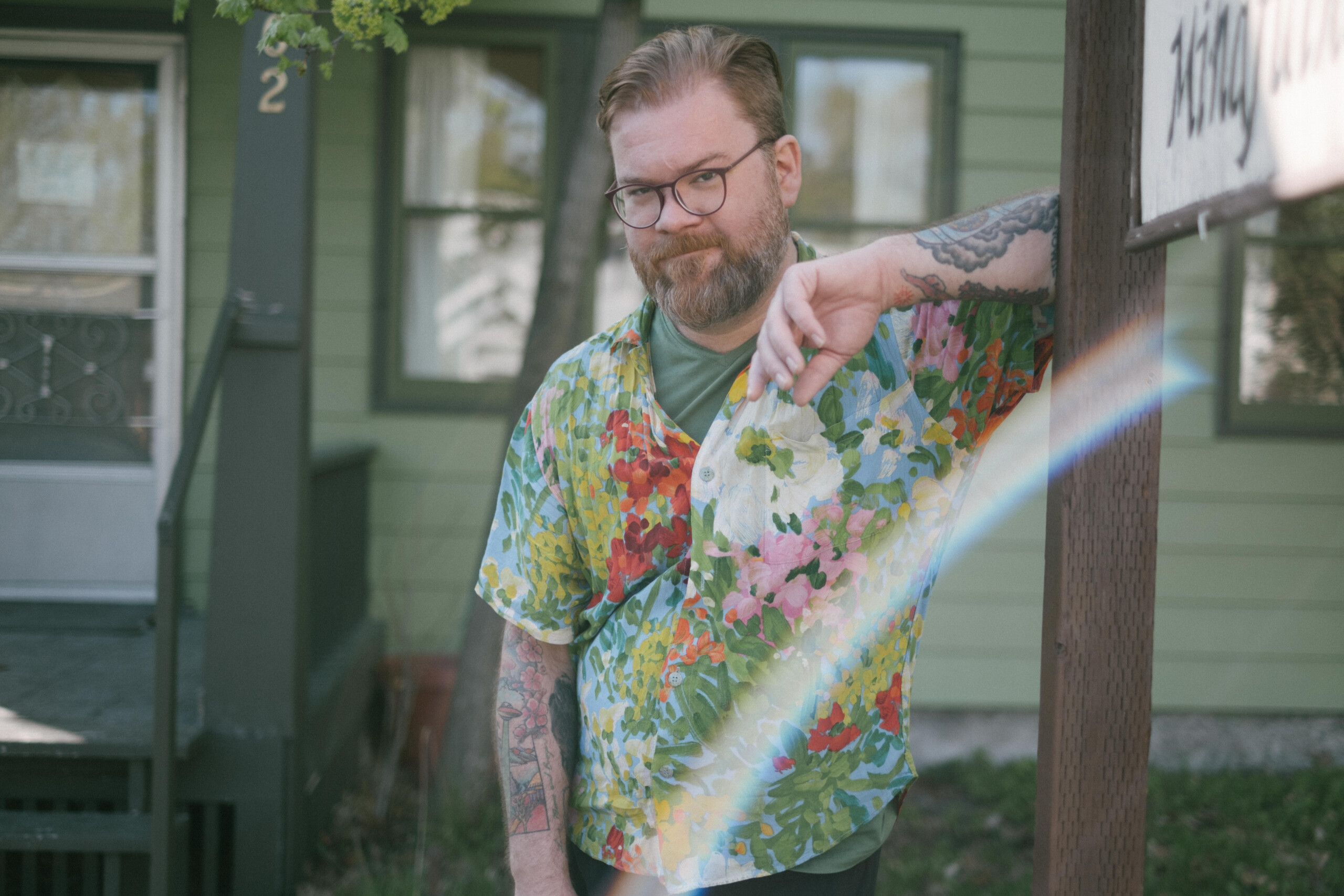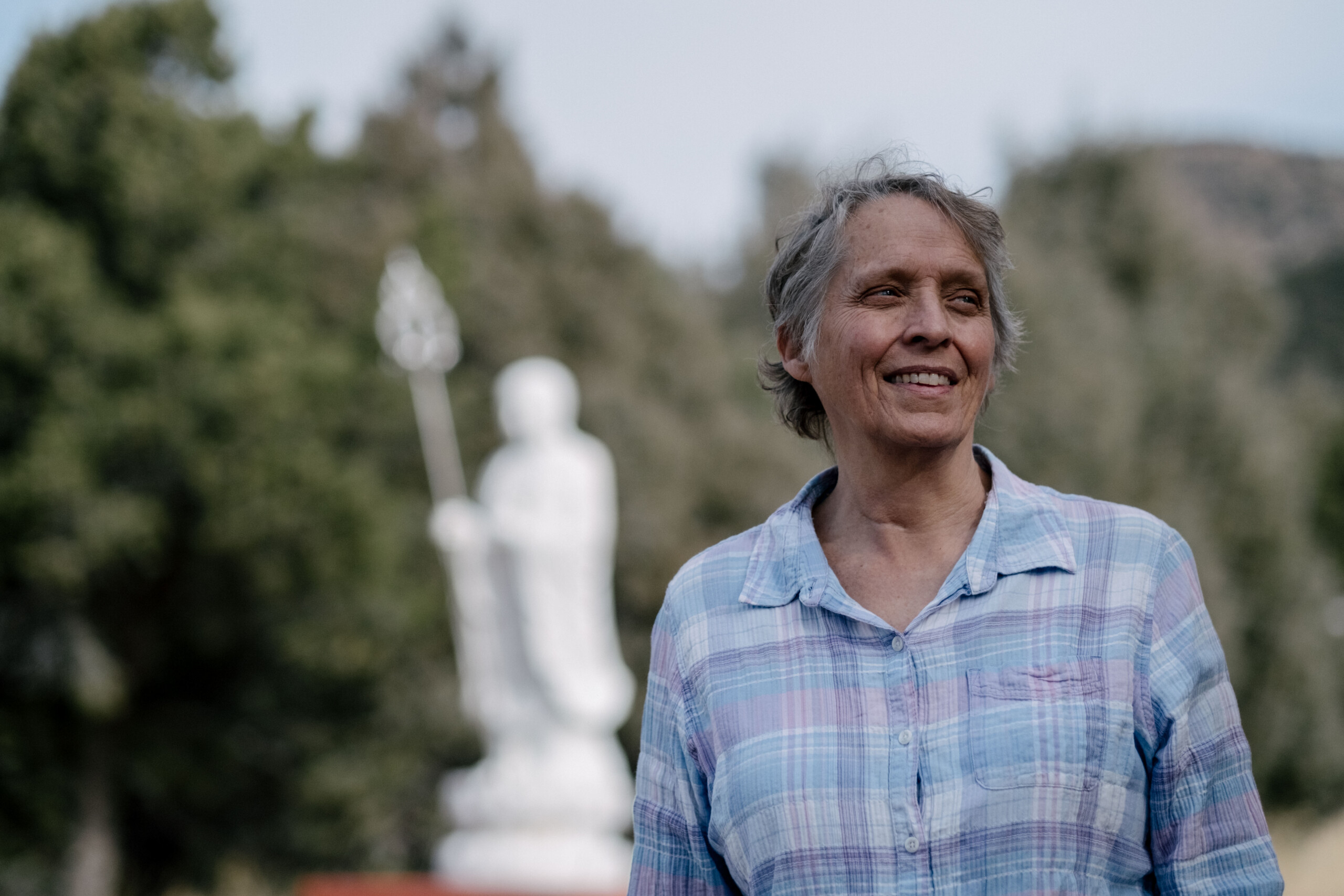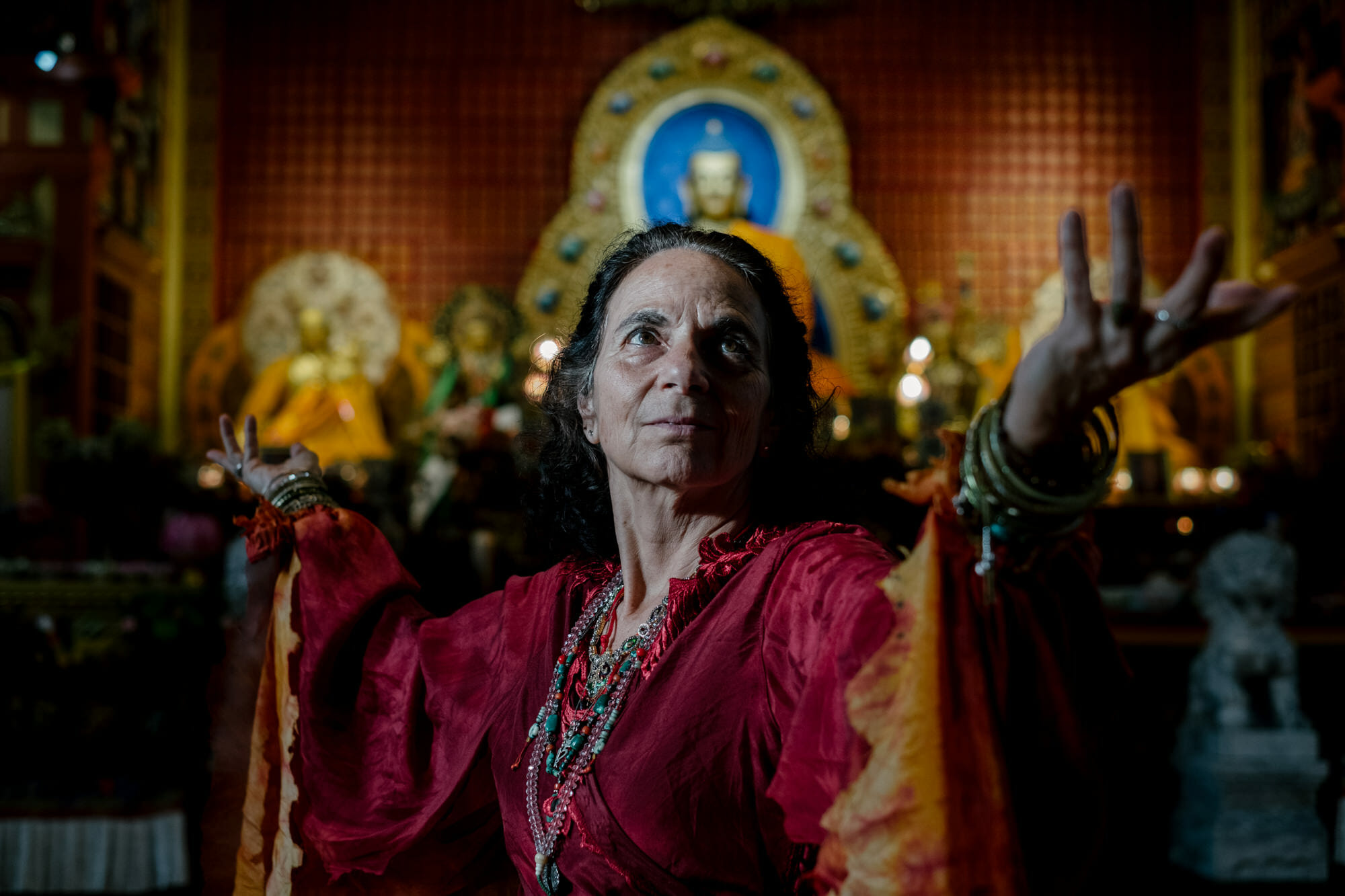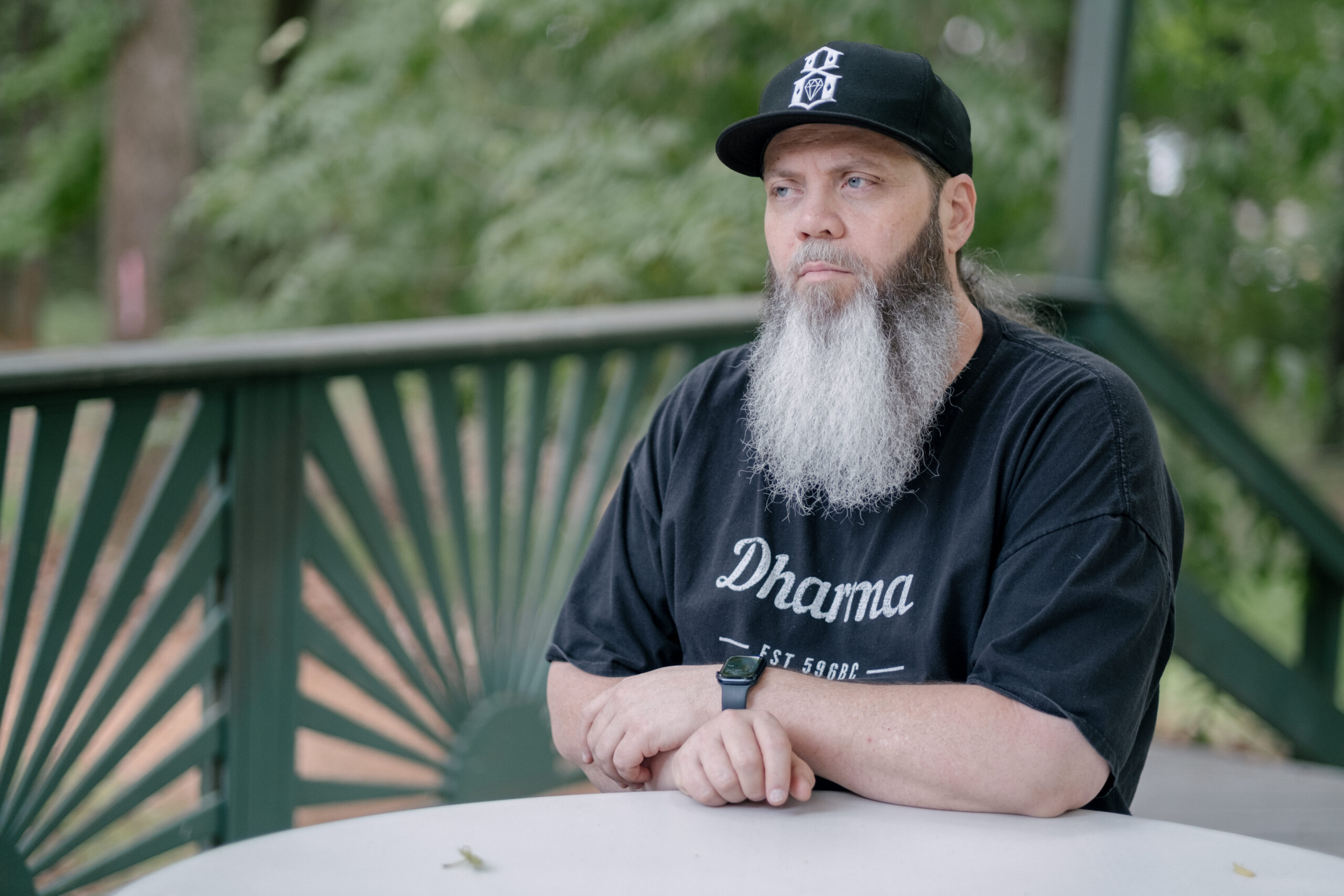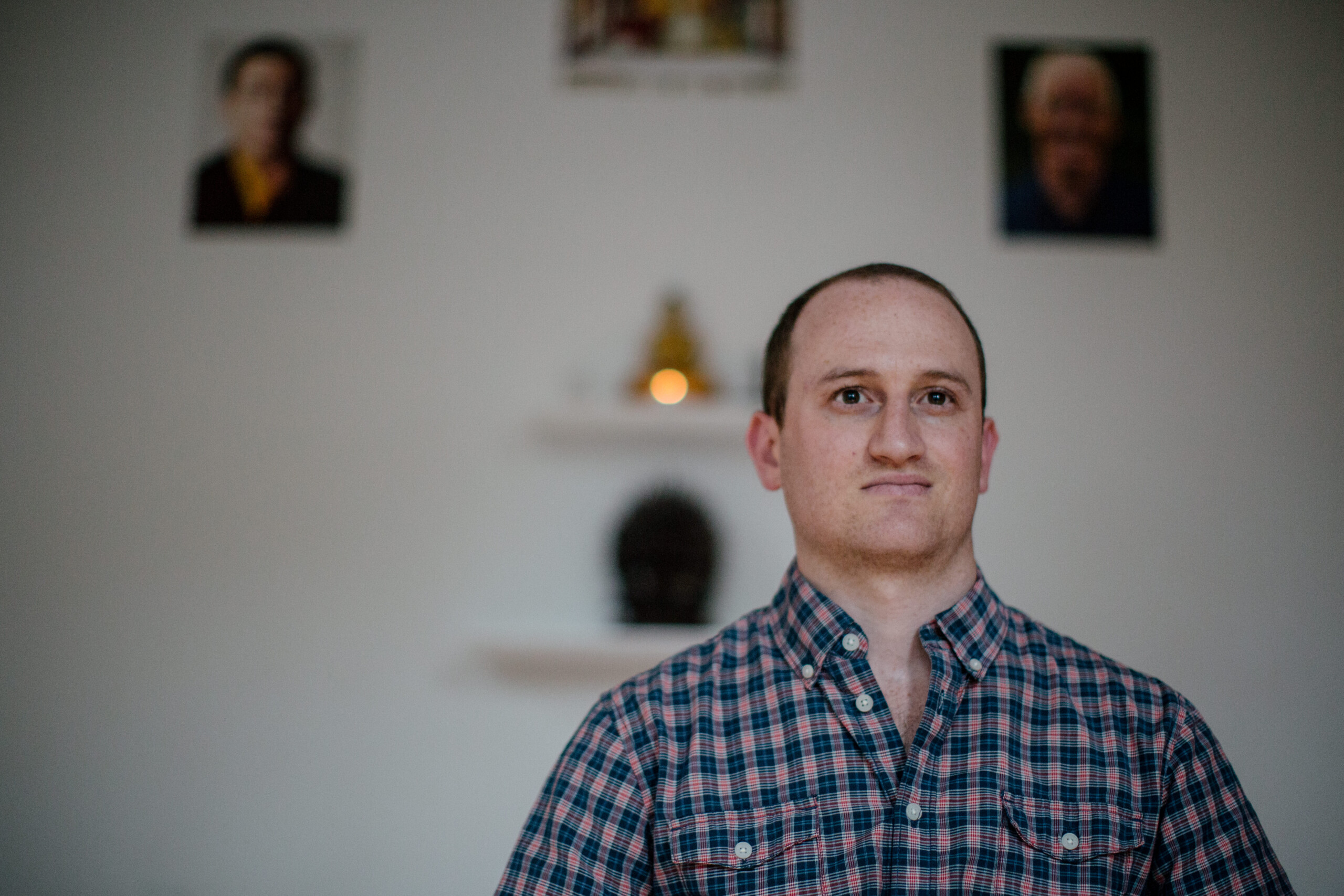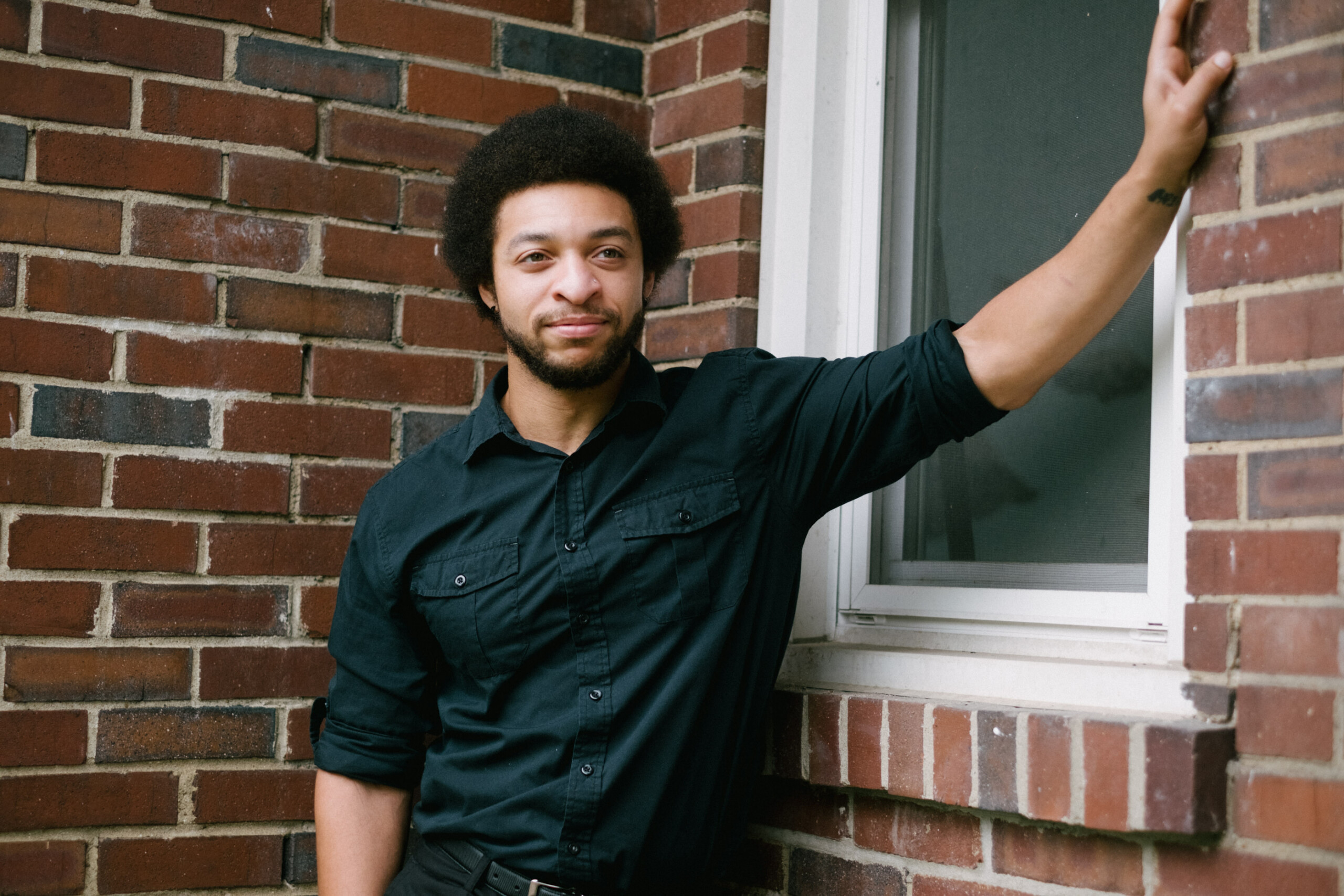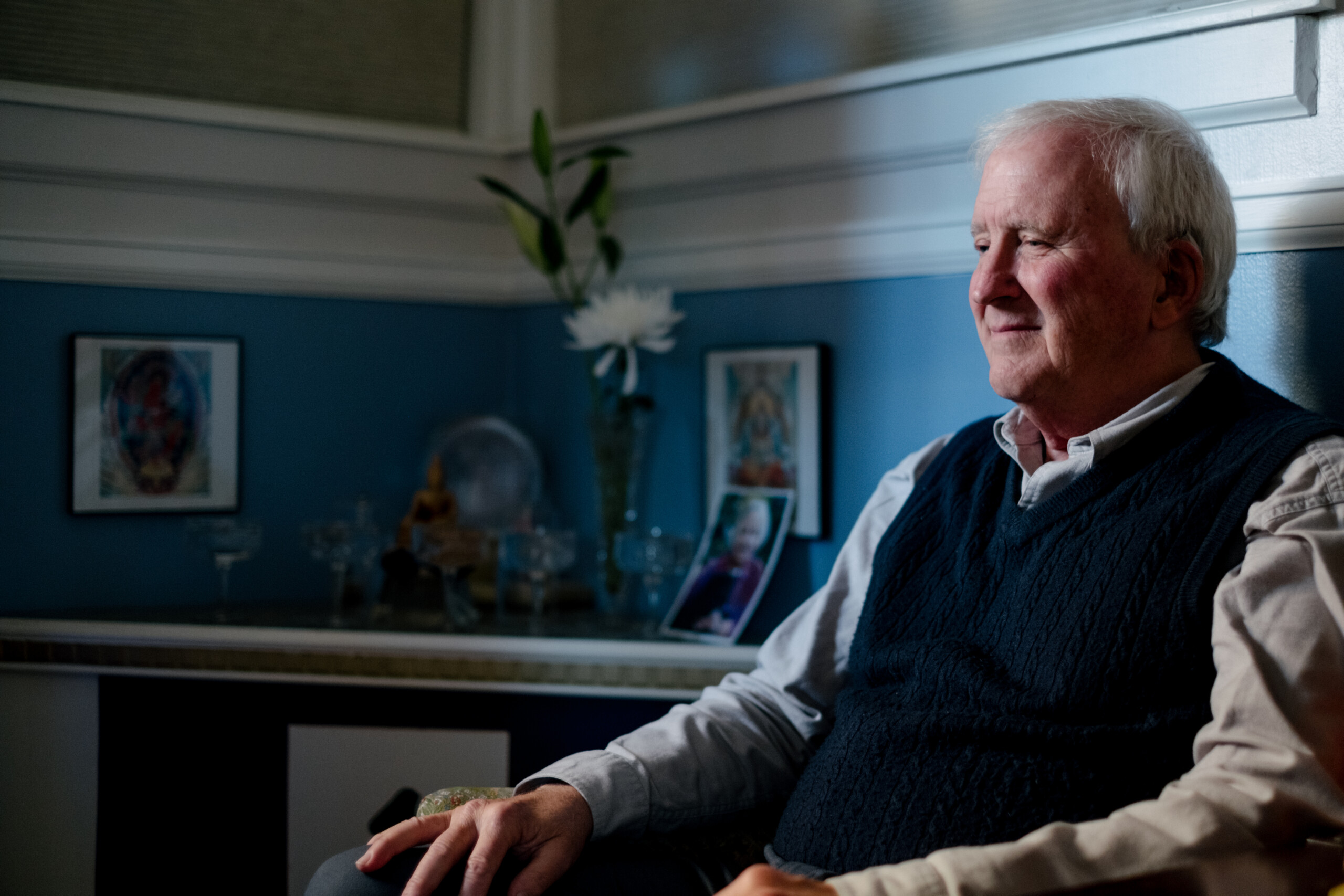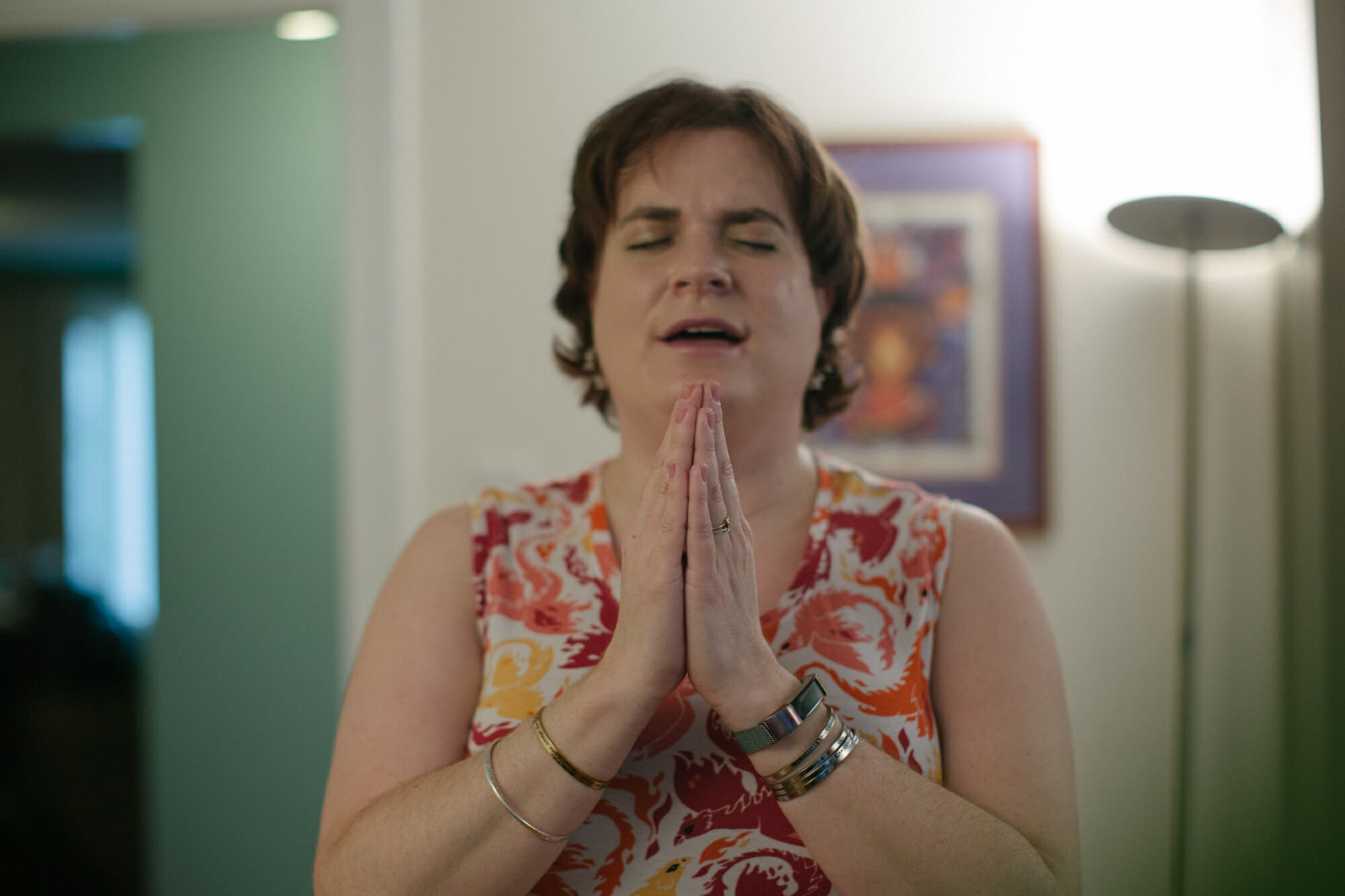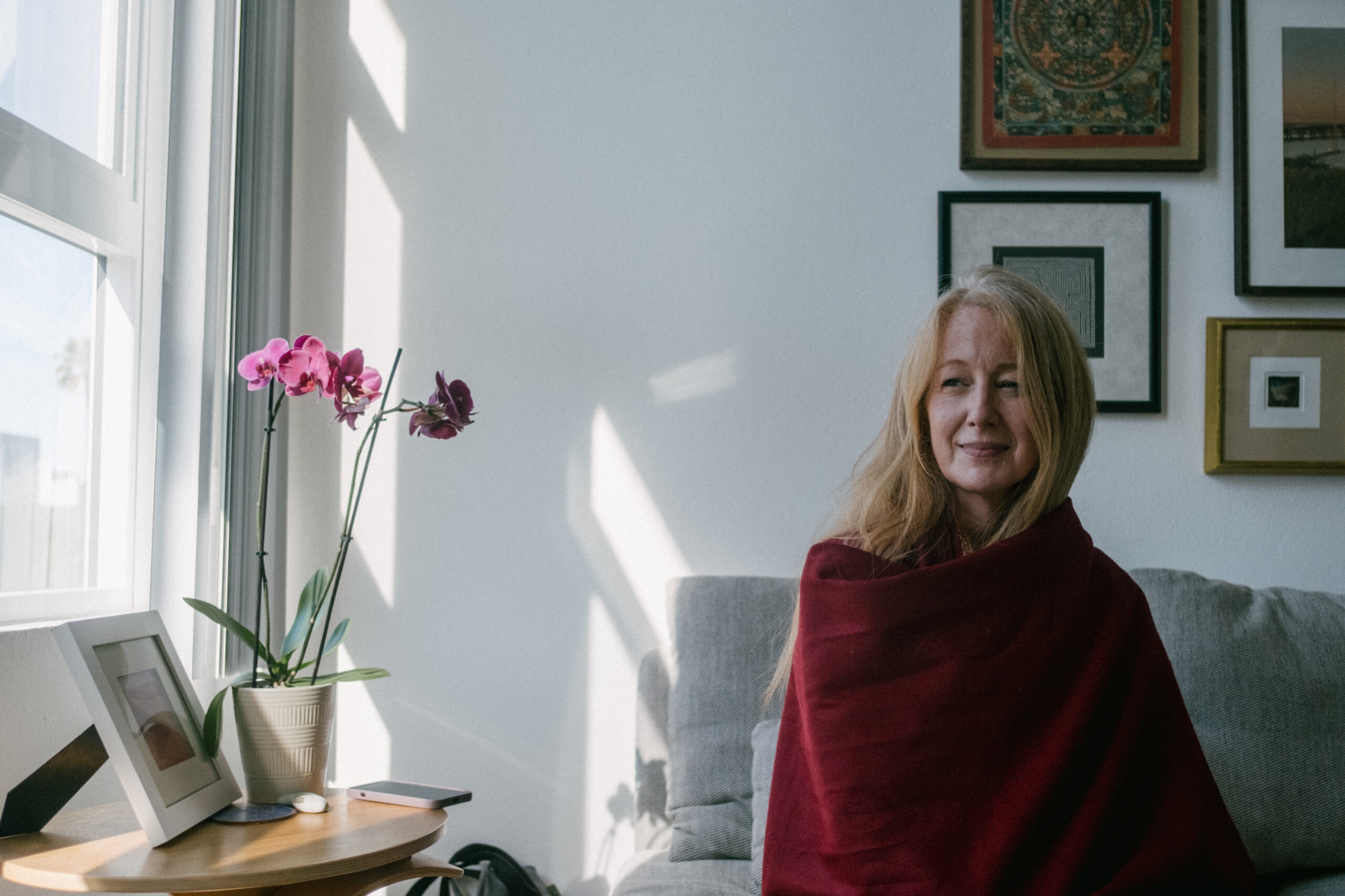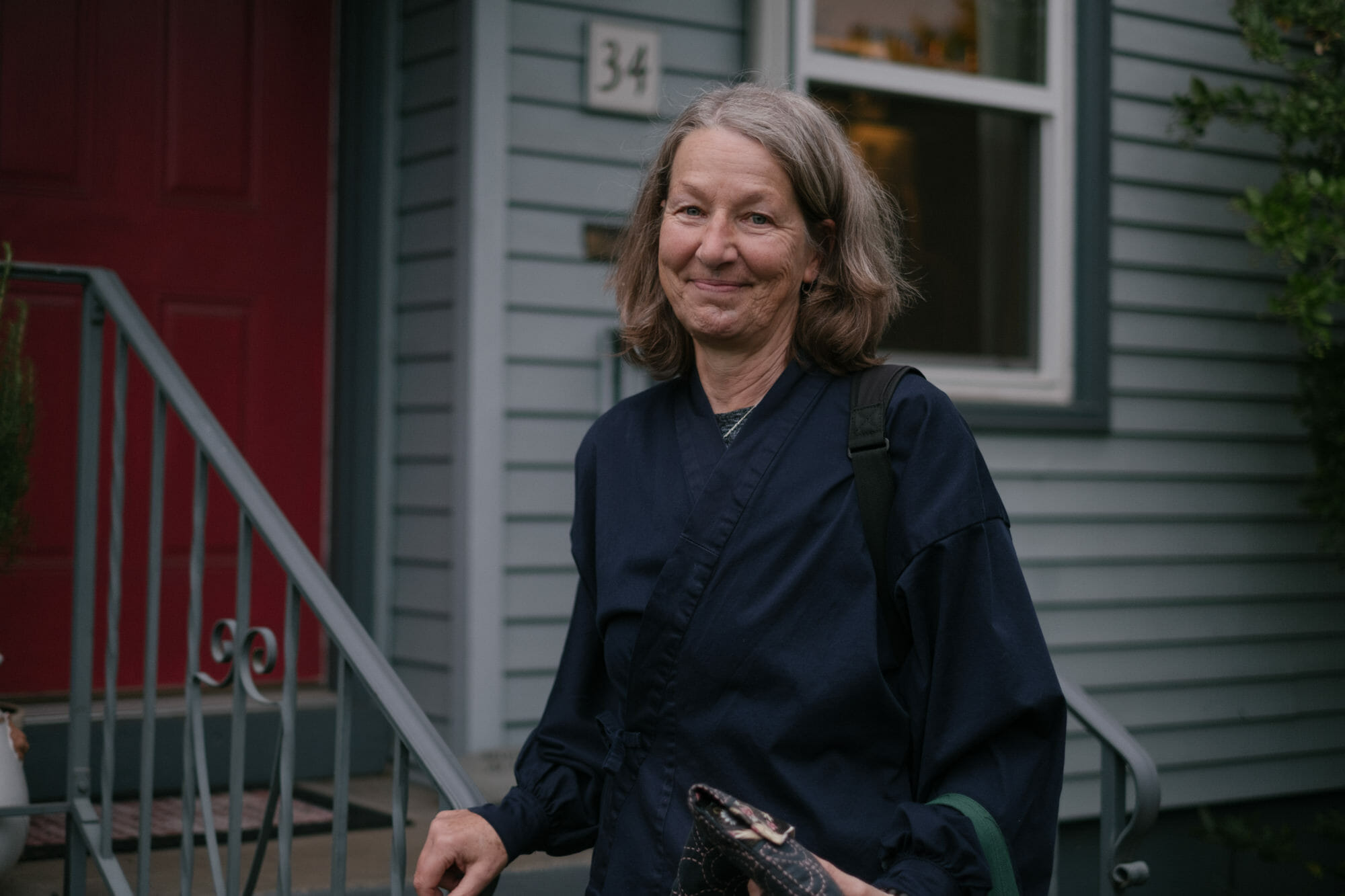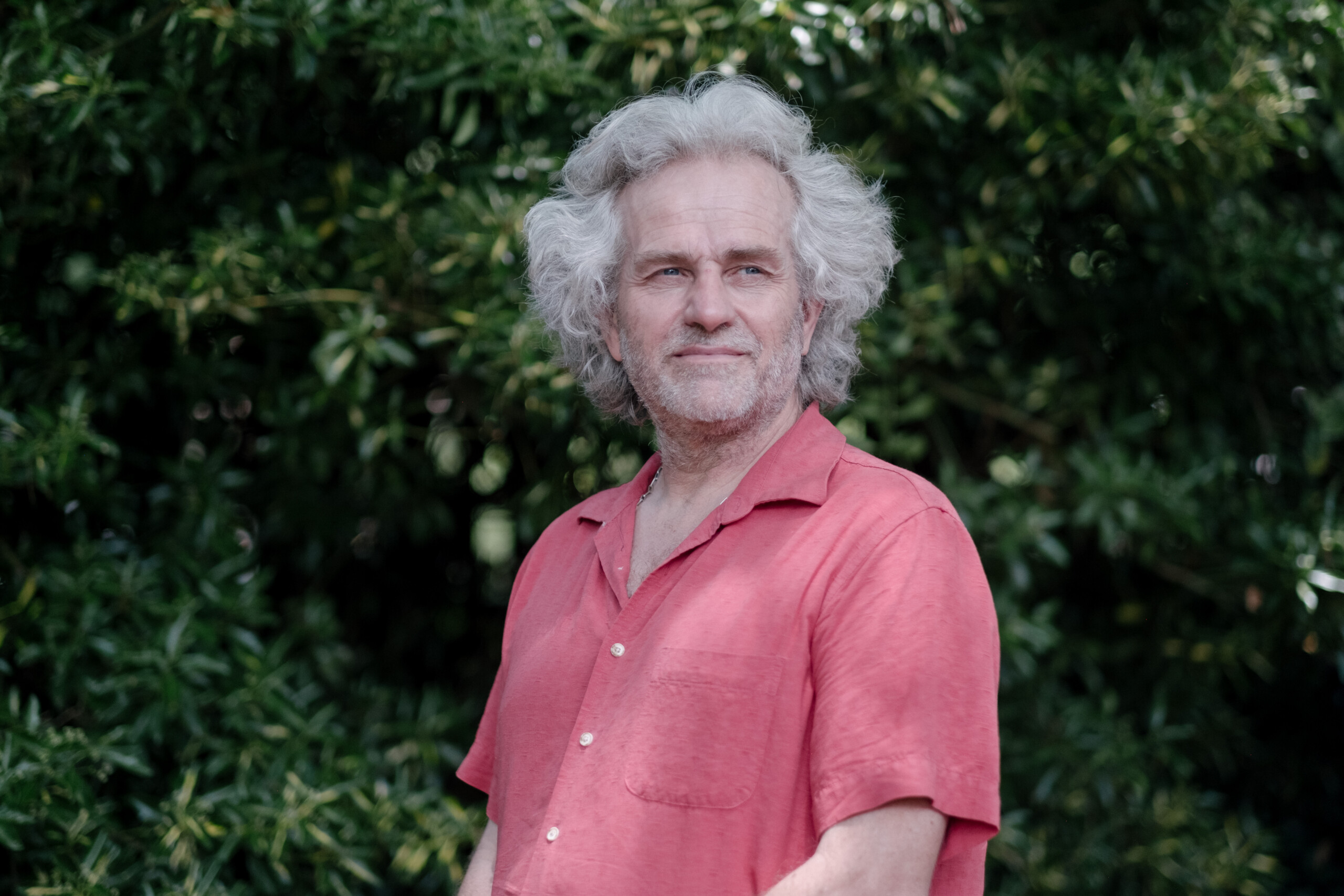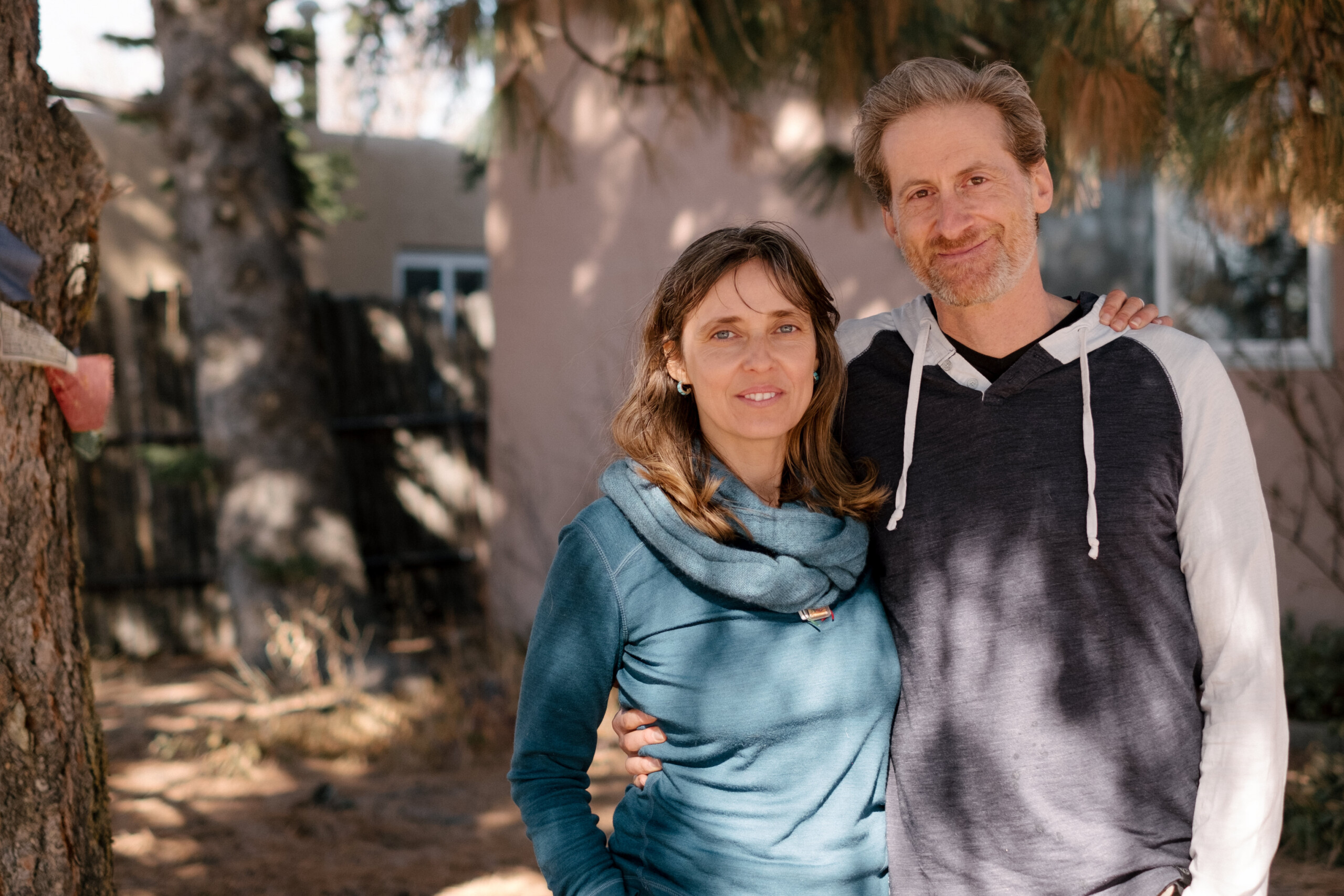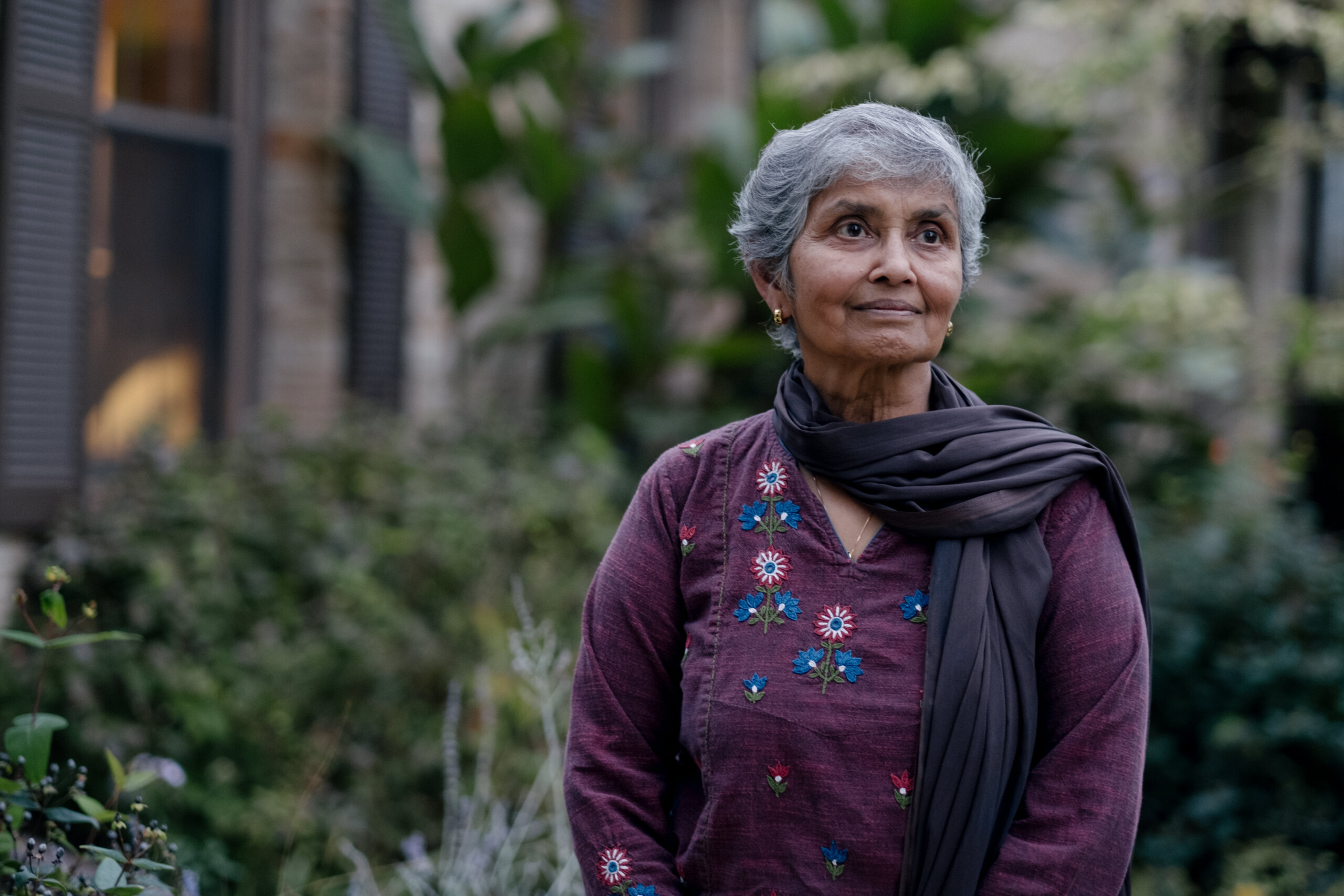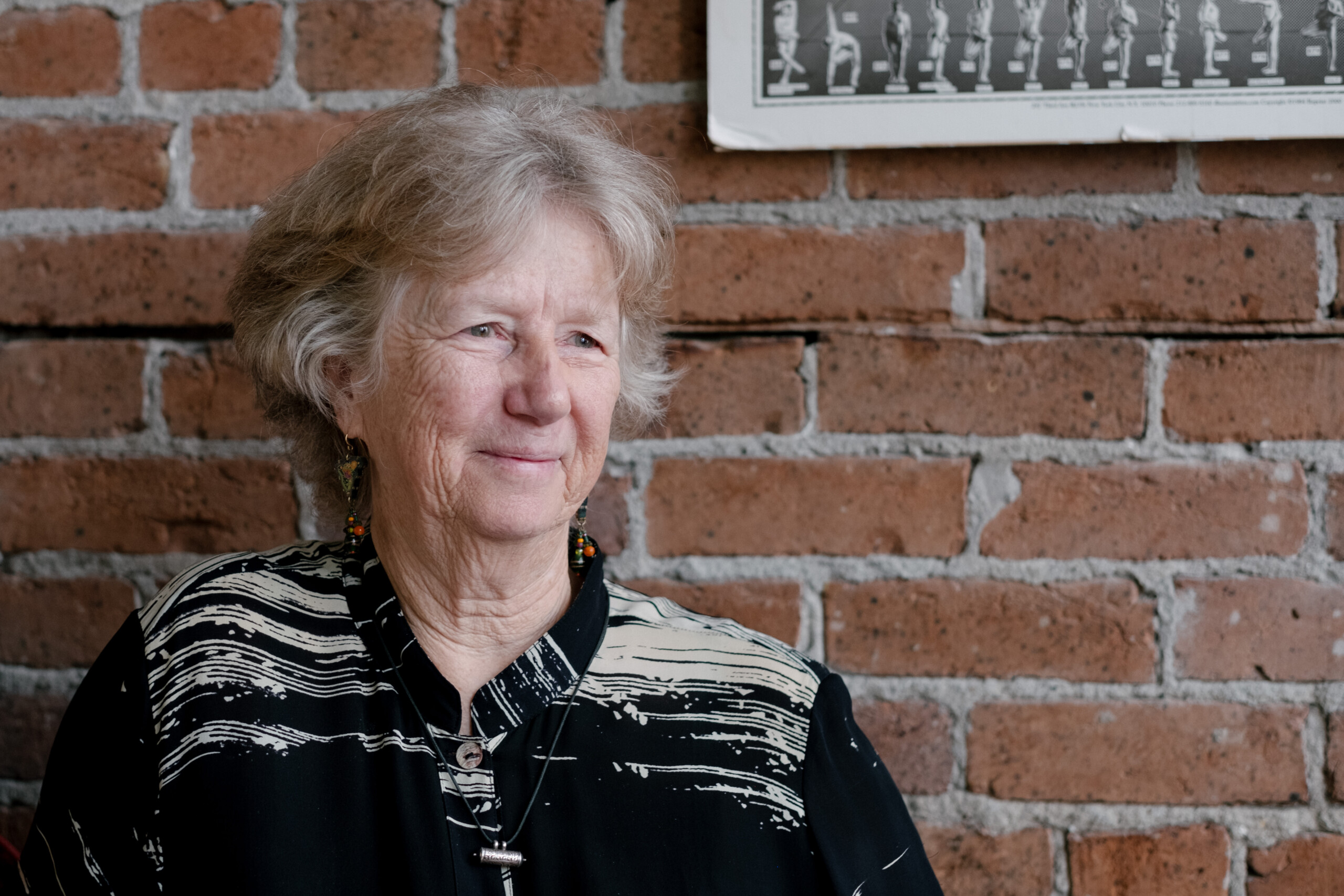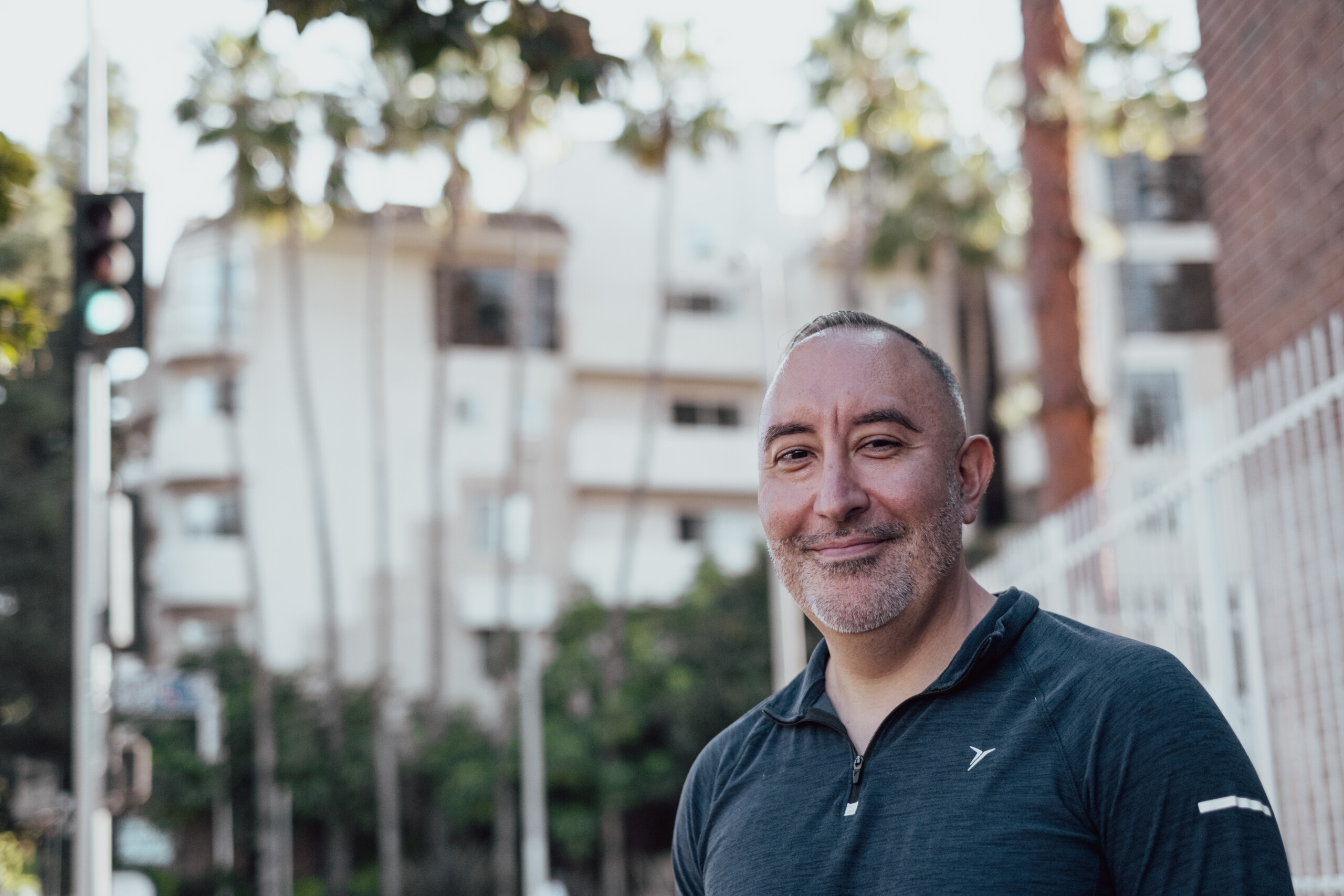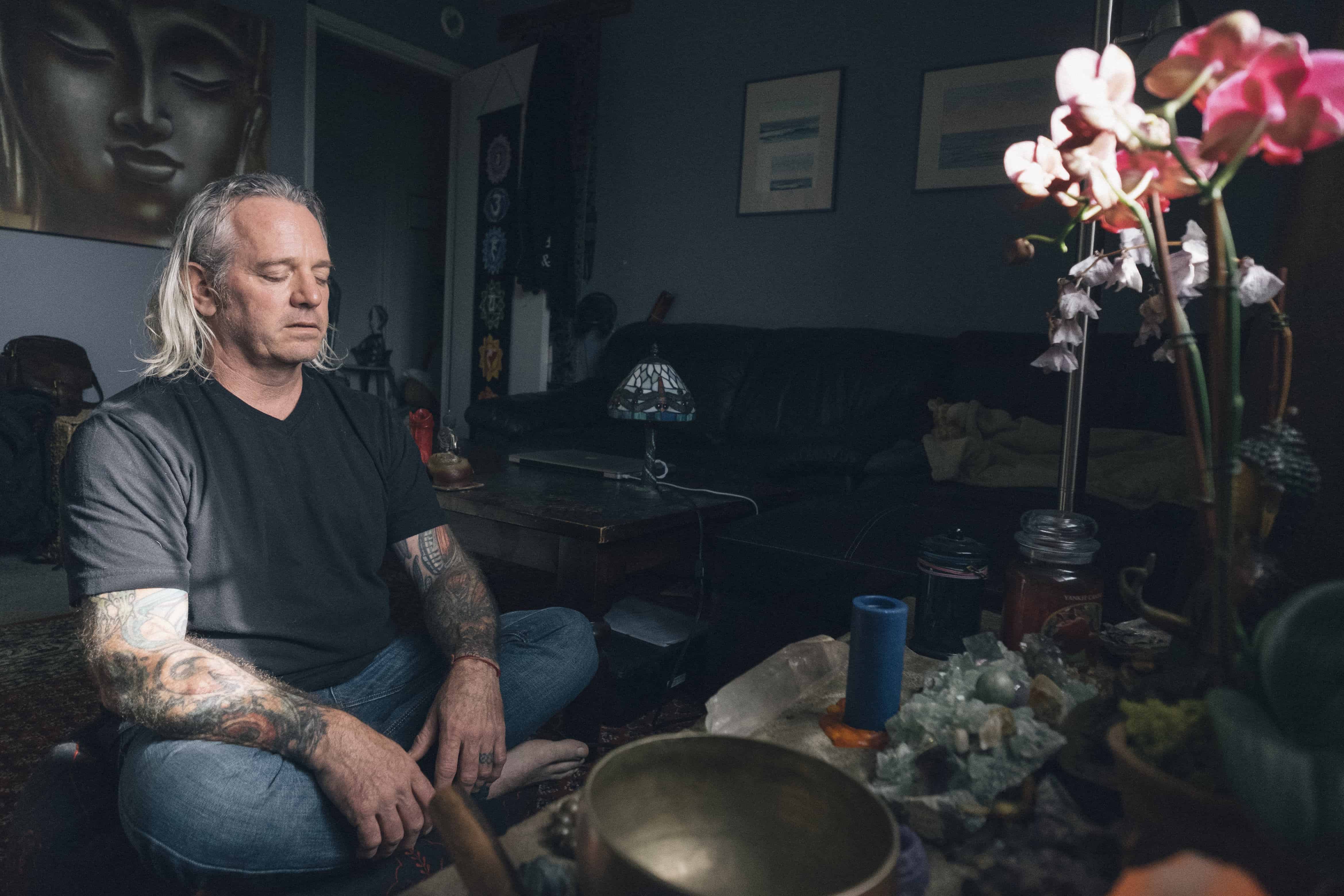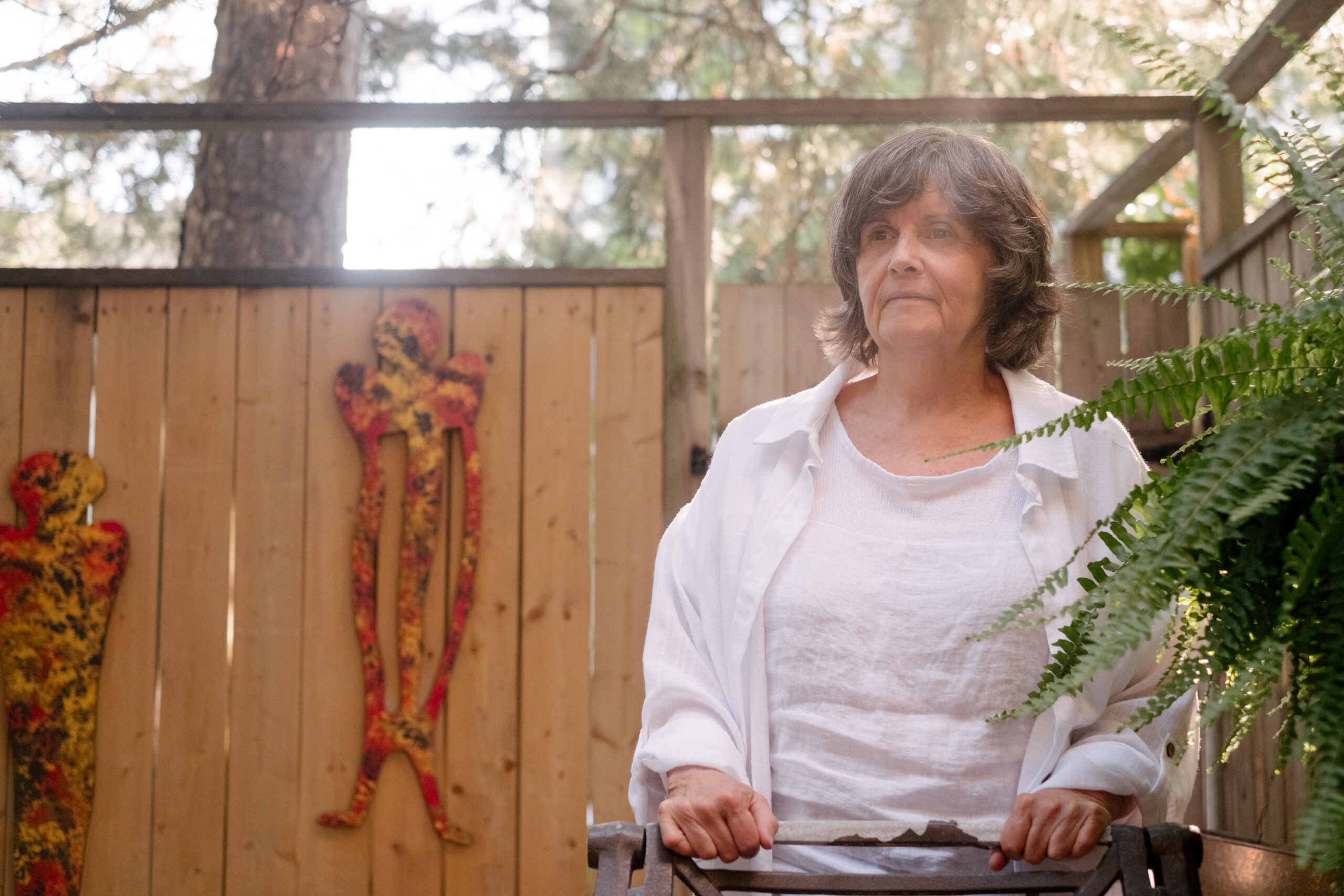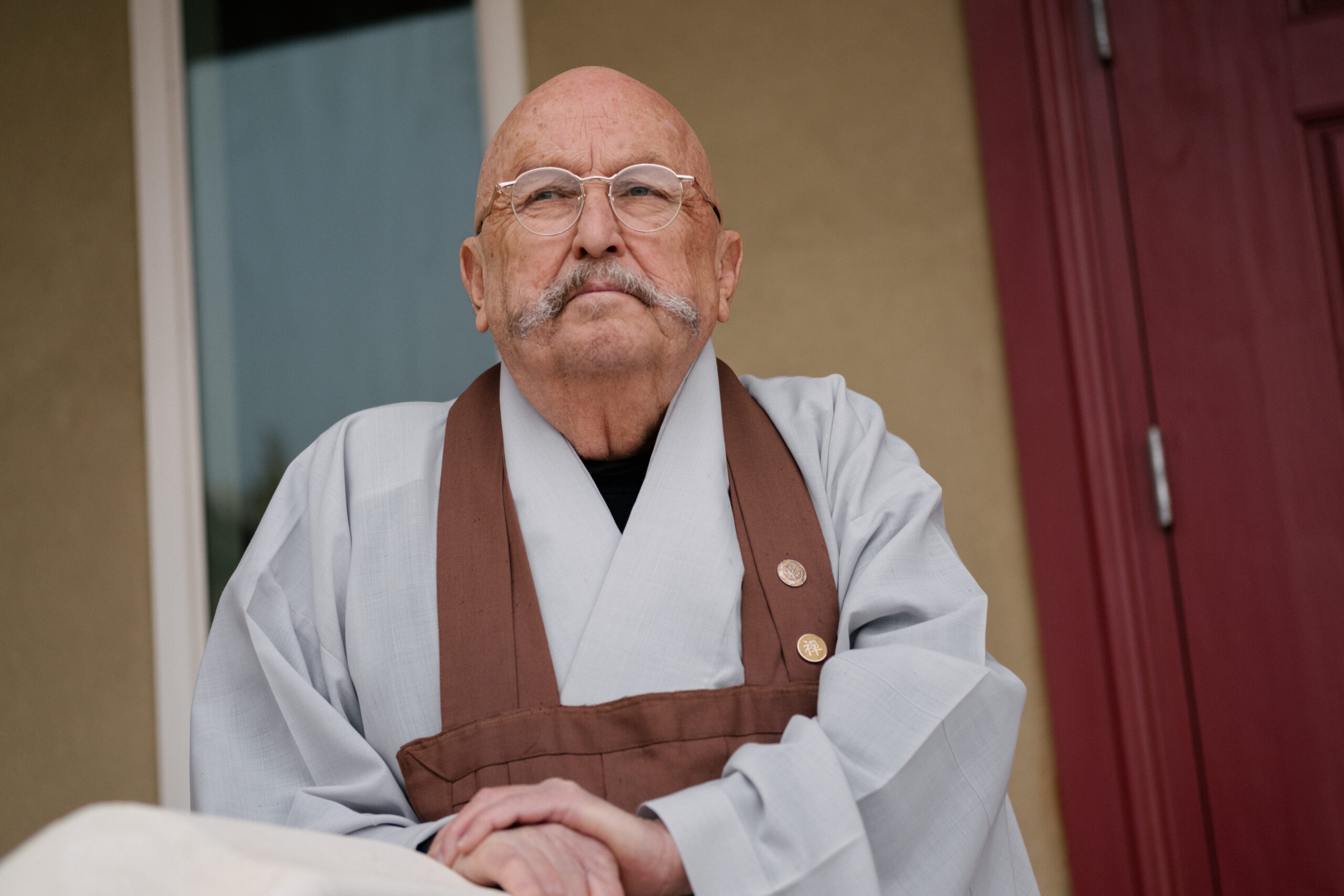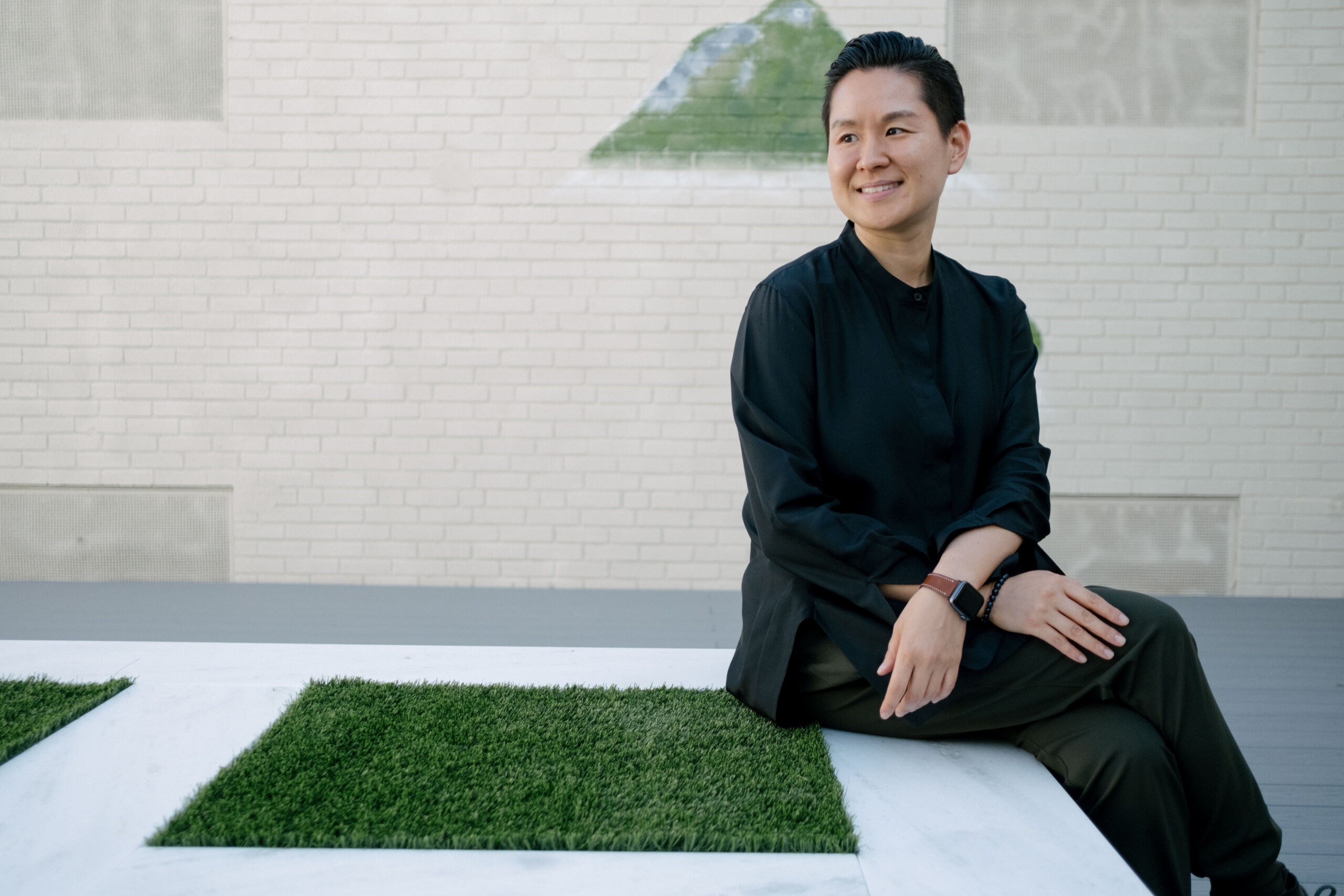When were you first exposed to dharma?
At 19 I was finishing my second year of college. I was studying fine art photography. One of my professors was very scholarly and her class was very challenging. I was always looking to be challenged. Her subject was East Indian Art. My boyfriend at the time was graduating. He was/is Japanese American and had grown up always being a minority, and wanted to experience being in a place where he was in the majority. We couldn’t afford to travel in Japan, so he chose India. It was about 1980… I took the year off from school. We were serious budget travelers, 3rd class all the way….
I carried a traveling dark room in my backpack. I brought film in 100 foot rolls that I hand rolled and shot. There were limits on how many rolls of film you could bring… so i went for 100 ft rolls!!!!! I brought all the chemistry and a dark bag to developed the film at night. We wandered around India stopping to see the ancient temples, the art I had studied. We wound up in Bodhgaya where the Buddha attained Enlightenment under the Bodhi Tree. We were supposed to stay there three days, but I ended up staying a month. I did my first 10 day vipassana retreat there with Christopher Titmus. After the retreat I stayed and contuined to meditate, I couldn’t leave. Then one day someone took me to see a Tibetan Lama, Tara Tulku, who was appointed by the H.H. the Dalai Lama to teach in Bodhgaya. It was a holy day and he gave a teaching about the Bodhisattva Vows and offered the ceremony to formally receive the vows. From the moment that he spoke about Bodhicitta, the idea that until all beings are free, no one is free. I knew that was why I had been born, to serve all beings, to relieve their suffering and progress on the path to attain awakening. I took my Refuge and Bodhisattva vows that day, in the Holy Place where the Buddha attained Enlightenment. And from then on…I have devoted myself to the path.
How has the path manifest in your daily experience? Does it reflect in your work and relationships?
When I came home I was 20. It took me a few years, and at 23 I found my Root Teacher H.E. Chagdud Tulku Rinpoche. I received teachings from other Lamas in the West, but I didn’t feel a powerful connection. When i met RInpoche it was unquestionable for both of us. Right away I went into a month retreat to receive the Ngondro (Preliminary) Practices. The first time he ever spoke to me he said, “You when three year retreat doing.” He moved me to his center in Oregon, where I worked on my Ngondro and we began making plans for my long retreat. Then a great Lama H.H. Dilgo Khentyse Rinpoche came to the west. He did a “mo” or a prophecy practice and said that I should marry Rinpoche’s son, that we had important karma together. We were married in a courthouse in Delhi, India. I became pregnant almost immediately. My son is a recognized reincarnation of H.H. Dudjom Rinpoche. So I married into the Lineage and became the mother of a Tulku. So my daily experience, yes, my whole life has been the Dharma. So the “karma” was very deep.
Who is your teacher(s)?
My teacher (and father-in-law) H.E.Chagdud Tulku Rinpoche was a great Dzog Chen master. He was a meditator and scholar, a yogi. He believed that we Westerners could attain realization, where as other Tibetan Lamas were less convinced. He therefore was extremely generous and trusting and gave us all the teachings from Ngondro (the preliminaries) to the most advanced practices, the whole entire path with nothing left out. It was extremely fortunate conditions. In Tibet only the highest of Tulkus were ever even given the teachings that we received. I was extremely blessed. And we worked very very hard, we were very very serious. We got up at 4 am everyday. I did a 3 year retreat. We did 6 week retreats in the winter every year, plus other smaller retreats. And every summer a big Drup Chen ceremnonies, and of course intense daily practices always!!!! We hosted many great Lamas from Tibet. Then we went on major pilgrimages, to holy sites all over in India, Nepal, Tibet, Bhutan and China. All together I spent approximately 7-8 years in Asia. I was extremely fortunate to personally know and receive teaching from most of the Great Nyimgma Masters of the last generation from Tibet;, H.H.Khenpo Jigme Phuntsok, Kyabjé Chatral Sangye Dorje Rinpoche,, H.H Khentyse Rinpoche, H.H. Mindrolling Trichen Rinpoche, H.H. Katog Moksa Rinpoche, H.E. Tulku Orgyen Rinpoche, Nyoshul Khen Rinpoche, Kyabjé Dungse Thrinley Norbu Rinpoche. H.E. Kalu Rinpoche, H.H. Sakya Trizin Rinpoche and H.H. the Dalai Lama.
Which sangha do you normally attend?
Rinpoche passed away in 2002. The Sangha is a little scattered now. I still have my teachers, but mostly I am on my own.
What is your primarily profession?
My life took a strange turn after Rinpoche passed. He was famous in Tibet for his voice. At one point he was asked to open a concert for the Beastie Boys. Their main singer is Buddhist. Rinpoche was amazed by the vast crowd, that so many people would come to see a rock band. He famously said “next life rock star.” After his passing, my surviving cancer, and then divorcing, I was led back to my roots as an artist. I became a part of an avant-guard artist collective in 2000. The main director and her husband would come stay with me on the isolated retreat land where i live. She was captivated by the songs of my prayers. This is when the doors opened for me to become a singer. I never even thought I had a good voice, and I am very shy to even speak in public. I am certain it is all Rinpoche’s blessing. The artist collective dissolved some 10 years later. I am the only member who is still performing. I am soon to release my third album, PROTECTION. The first was “UNION”, and the second was, “TRANSITION” ~ A Ceremony of Prayers for the Dead and Dying.*** It is extraodinary how in these modern times, through the internet one can connect to masses of people. The songs, prayers and mantras are played all over the world, and continue to just reach farther and farther as time passes. I have perform at music festivals primarily at Symbiosis and Lightening in a Bottle which both made the Rolling Stones top 10 festivals list. And Burning Man, singing for the Temple Burn in 2008. I believe this is not “me”. This is an expression of the Bodhisattva Vow. That says, “Until all beings are free of suffering, then no one is free. So until all beings without exception are free of suffering, I will devote my life to serve them.”
In the tradition that you practice, how do you think it has adapted to western culture?
My particular Lineage is Nyingma or the “Old School” Lineage of Tibetan Buddhism, the original Buddhist Lineage in Tibet. Most of the Lineages are monastic, but Nyimgma’s strong side that is what is called the “Yogic”. The Yogic Lineage is not monastic, not monks and nuns. We are “householders” regular people who have families and live ordinary lives. I think the Yogic Lineage is well suited to the lifestyles of typical Western practitioners.
I do not claim to be a good practioner, but I have been extremely blessed by this Lineage, and my story is quite out of the ordinary. What I am doing, the way the Dharma has manifested through me is wholly unconventional. Yet all of my Tibetan teachers and my Dharma community have been so very supportive of what I am doing. They say it is my unique “activity”, and that I am reaching people that a traditional teacher might not have the “karma” to connect to. I feel this. It was never a goal or desire, or even a thought on my part to be “performing” on huge stages, transmitting these teachings, the blessings of these practices, to the best of my ability. So I just continue to walk through these doors as they continue to open. I think it really says something for Tibetan Buddhists that we/they are open to change. It is after all, a pillar of the practice, the teachings of impermanence. But sometimes it is difficult to really put the philosophy into practice. Of all of my time in Asia, no one ever was prejudice against me because I was not Tibetan. They saw that I was devoted and sincere and accepted me as a fellow practitioner. In those days many of the younger Tibetans were not interested in pursuing a spiritual path, so the elders were welcoming of me as a younger person who was serious about practicing the Dharma.
Background
Rigzin, a devoted practitioner of Buddhism, found her connection to the spiritual path in a unique and intuitive manner, not through a conscious decision but a profound realization. While studying art in college and exploring East Indian art, she was drawn to Buddhism during a trip to India. Visiting significant Buddhist sites, including Gaya where the Buddha attained enlightenment, Rigzin felt a deep connection to the teachings and decided to devote her life to Buddhism.
During her journey, Rigzin attended a ten-day Vipassana retreat and encountered Tibetan Buddhist teachings, eventually taking vows. Despite searching for a personal teacher for a couple of years, she was cautious about mystical experiences and the potential distractions they could bring. Her initial teacher in India was physically distant, and it took time before she found a mentor who deeply resonated with her.
Rigzin’s reluctance to emphasize mystical experiences stemmed from her teacher’s guidance, discouraging attachment to such phenomena. She believed that genuine progress in Buddhism required a focus on deepening compassion rather than getting sidetracked by mystical encounters. Despite the profound and unusual connection she experienced with her eventual teacher, Rigzin acknowledged the rarity of such connections and the importance of having a grounded mentor to guide practitioners through their spiritual journeys. The toughness of her teacher played a crucial role in shaping Rigzin’s path, underscoring the value of disciplined guidance on the Buddhist journey.
Practice
Rigzin emphasizes the importance of daily spiritual practice, viewing it as a continuous commitment rather than a mere one-hour ritual. Despite her unconventional approach in other aspects of life, Rigzin adheres to a traditional practice rooted in a lineage. She recognizes that she didn’t invent this path but learned from those who came before her, following their example.
Stressing the significance of practicing every day, Rigzin acknowledges the challenges people face in maintaining consistency. Drawing from the wisdom of the lineage, she points out that there are no shortcuts in spiritual growth and that results come from dedicated, daily efforts. While acknowledging the existence of various practices and awakened individuals, Rigzin asserts the value of her lineage, highlighting the tangible results seen in revered figures like His Holiness the Dalai Lama.
In her perspective, the current generation is fortunate, with access to abundant teachings through platforms like YouTube. Despite this, Rigzin observes a lack of genuine commitment to spiritual practice, attributing it to distractions and an inclination toward instant gratification. She believes that those who do make an effort contribute not just to their personal growth but also act on behalf of those who face barriers to spiritual practice.
Rigzin recalls her teacher’s words, emphasizing the interconnectedness of all beings and the responsibility each practitioner holds. This reminder fuels her dedication, understanding that her commitment impacts not only her own journey but also the well-being of all beings dependent on her practice.
Retreats
Rigzin reflects on her experience with a three-year retreat, considering it a transformative but challenging period. She acknowledges the difficulty of closing off external influences during such a retreat, emphasizing the necessity to work with one’s mind in that isolated space. Rigzin highlights the intrinsic value of the practice, regardless of whether the experience is blissful or challenging, as it contributes to personal growth and the attainment of awakening.
Sharing a profound aspect of her journey, Rigzin discusses battling cancer during and after the retreat. Despite the hardships, she views this experience as a crucial catalyst for her spiritual development. She draws a parallel between the suffering of a Buddha and an ordinary being, emphasizing that the key difference lies in the way they perceive and navigate suffering. Rigzin emphasizes the transformative power of retreats, describing them as a commitment to staying within a boundary, creating an opportunity for self-discovery and growth.
Rigzin underscores the importance of integrating spiritual practice into daily life and acknowledges the challenges of the ego in approaching retreats. She describes herself as a traditional practitioner who follows the path taught to her, even in the face of unconventional choices. Rigzin emphasizes the balance between wisdom and compassion, advocating for positive accumulation through practices such as meditation on love and compassion.
In her perspective, creating positive conditions for wisdom involves refining intentions, reducing ego, and cultivating a kind and compassionate nature. Rigzin encourages maintaining a concern for all beings without exception, emphasizing the expansive nature of the practice beyond individual interests. Despite the challenges and the evolving landscape of contemporary spiritual practices, Rigzin remains committed to traditional principles, highlighting the enduring value of spiritual refinement.
Challenges
Rigzin reflects on the challenges of balancing a worldly life with a spiritual one, having designed her entire life around her practice. She expresses the ongoing struggle to find time for an extended practice, feeling a sense of urgency as her life approaches its later stages. Despite the temptation to disappear into retreat, Rigzin believes there is still worldly work to be done.
Having been married into the lineage earlier in her life, Rigzin experienced a shift from an entirely spiritual existence to one that integrates both worldly and spiritual aspects. She notes the difference in perception over time, from initially seeking just five or ten minutes for practice to now requiring longer durations. Rigzin identifies the ego as the internal obstacle, urging her to engage in distractions rather than dedicate time to practice.
Acknowledging the desire for a quick solution prevalent in Western culture, Rigzin emphasizes the difficulty of the spiritual journey, contrary to the expectation of instant results. She recognizes the challenges of finding time in a world filled with distractions and highlights the societal inclination towards constant busyness. Rigzin stresses the need for effort and hard work in the pursuit of spiritual development, emphasizing that despite the initial difficulty, the benefits are profound and enduring.
In contrast to the impermanence of worldly pursuits, Rigzin finds solace in the lasting impact of spiritual development. She expresses gratitude for feeling lucky to prioritize spiritual growth, recognizing its profound influence not only on her life but on all beings around her.
Death
Rigzin discusses her transition from a period of extended retreat to a more worldly life, a shift prompted by guidance from her mentors in the Tibetan Buddhist tradition. Despite being taught to prioritize continuous retreats, she felt the need to integrate her practice into the world around 20 years ago. This decision led her to embrace performance art, a realm unfamiliar to her at the time.
Originally an artist, Rigzin’s involvement with other artists eventually evolved into her participation in large-scale shows, where she would sing on stage. The challenge of performing in front of an audience appealed to her as a test of maintaining her practice amidst chaos, akin to the unpredictable nature of death. Rigzin views the stage as a space to hold her meditation and connect with the lineage, emphasizing the transformative power of the practice in preparing for death.
Her approach to performance art becomes a unique way to cultivate and test her practice. By intentionally placing herself in chaotic environments, like music festivals, Rigzin aims to hold onto her meditative state amid external turmoil. She underscores the importance of imbuing one’s consciousness with the teachings and vows, emphasizing that this deep-rooted practice becomes a source of support during challenging moments, particularly in the face of death.
Guru Devotion
Rigzin engages in a complex discussion on the controversial topic of how Tibetan Buddhism has adapted to the West. She acknowledges the contentious nature of the issue, expressing uncertainty about being the ideal spokesperson. In the traditional Tibetan approach, the teacher holds a pivotal role, with the transmission of knowledge extending from mind to mind and heart to heart, going beyond ordinary concepts. Rigzin emphasizes the necessity of unwavering faith and devotion, acknowledging the potential for abuse.
The teacher-student connection is deemed precious for spiritual development but is acknowledged as murky, particularly in Western contexts. Rigzin points out the challenges of maintaining a pure connection while avoiding exploitation. She underlines the importance of examining the qualities of the teacher and the guidelines for selecting a teacher or accepting a student.
The discussion delves into the concept of Guru devotion, using the example of His Holiness the Dalai Lama as a flawless figure who embodies compassion. Rigzin emphasizes that the connection with the teacher is crucial and requires careful examination. She cites the tireless devotion of figures like His Holiness and her own teacher, highlighting their continuous efforts in practicing and working for the benefit of others.
Personalities
Rigzin reflects on the intriguing connection between Tibetan Buddhism and artists and intellectuals. She notes the scholarly tradition within Tibetan Buddhism and the existence of separate schools for scholars and yogis. Rigzin acknowledges a historical tension between these two facets but emphasizes that being a scholar is not a prerequisite for being a great practitioner, and vice versa. She advocates for a balanced combination of both, acknowledging that while being a great scholar doesn’t guarantee proficiency in practice, it’s essential to study.
Drawing from her own experiences, Rigzin describes herself as an extreme personality and likens spiritual training to athletic training, comparing it to preparing for the Olympics. She suggests that individuals with extreme personalities may find themselves well-suited for intense spiritual practice. Rigzin highlights her background as a dedicated athlete before discovering Buddhism, showcasing how her extreme nature translated into a commitment to spiritual pursuits.
Rigzin observes that Tibetan Buddhism often attracts individuals who don’t conform to societal norms, describing them as “fringy people.” She appreciates the diversity within the Sangha, noting that it brings together people from various walks of life and different backgrounds, creating a rich and inclusive community.
Worldview
From Rigzin’s spiritual practitioner perspective, she contemplates the world’s current conditions and the myriad efforts people are making to bring about positive change with good intentions. While recognizing the importance of these external actions, Rigzin emphasizes the significance of inner work as a spiritual practitioner. She believes that the world’s state is a collective creation, shaped by individual actions, and asserts that altering one’s inner qualities is a crucial aspect of addressing global issues.
In Rigzin’s view, meditative practices play a vital role in this inner transformation. Clearing the mind of repetitive and obstructive thoughts, fostering qualities like love, kindness, and generosity, and aligning with spiritual precepts are seen as key steps. Rigzin argues that by shifting individual consciousness towards compassion and wisdom, a collective impact on the planet can be achieved. Despite the intangible nature of inner work, she contends that it is a logical and vital factor in the interconnected world.
While acknowledging the importance of external actions, such as cleaning up the environment, Rigzin stresses the significance of spiritual practice even though its outcomes may not be readily visible. Urging individuals to devote energy to such practices, she emphasizes their importance, particularly in the face of contemporary challenges and potential perils. Rigzin advocates for genuine engagement in spiritual practices rather than postponing or merely pretending to engage in them.

